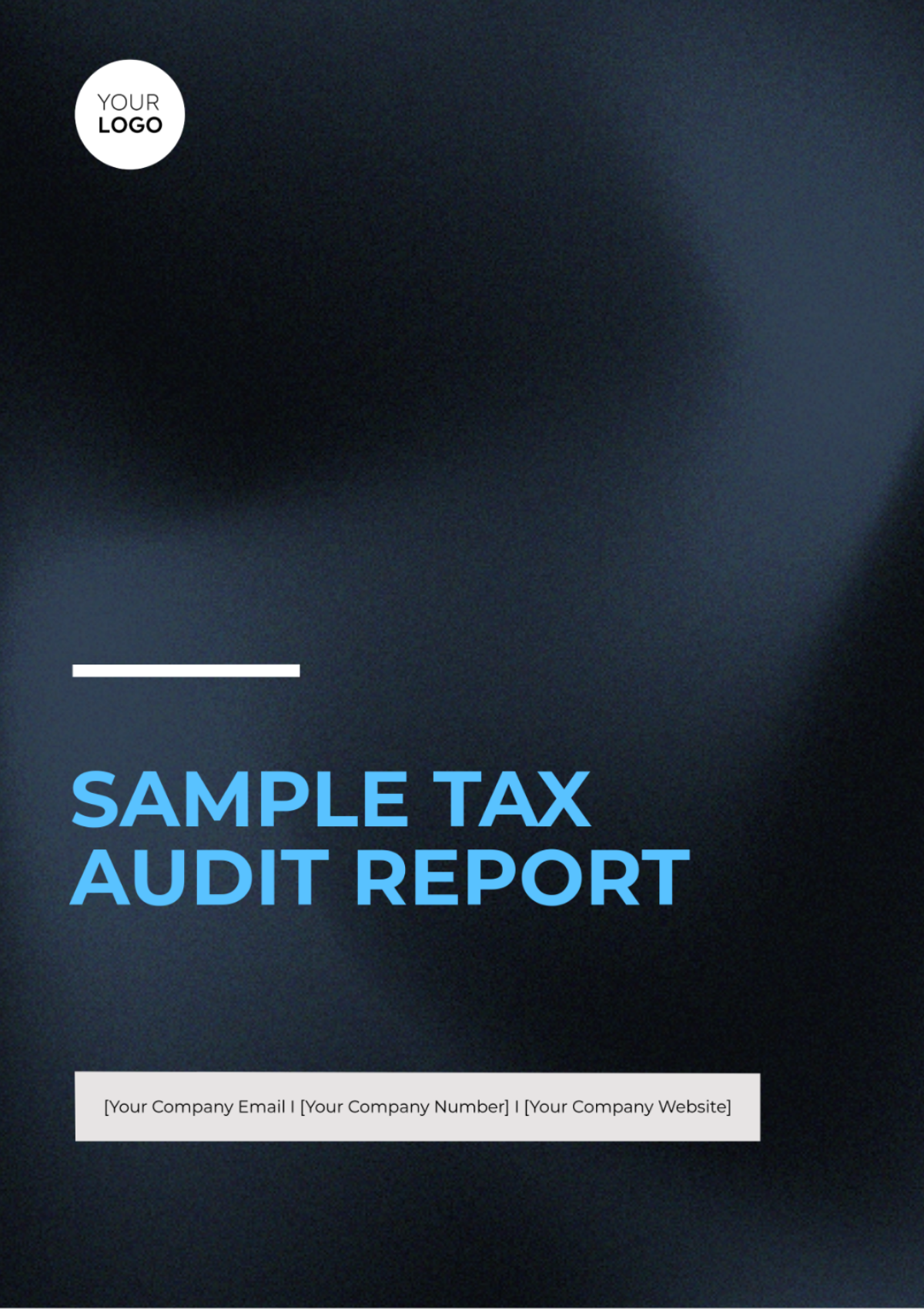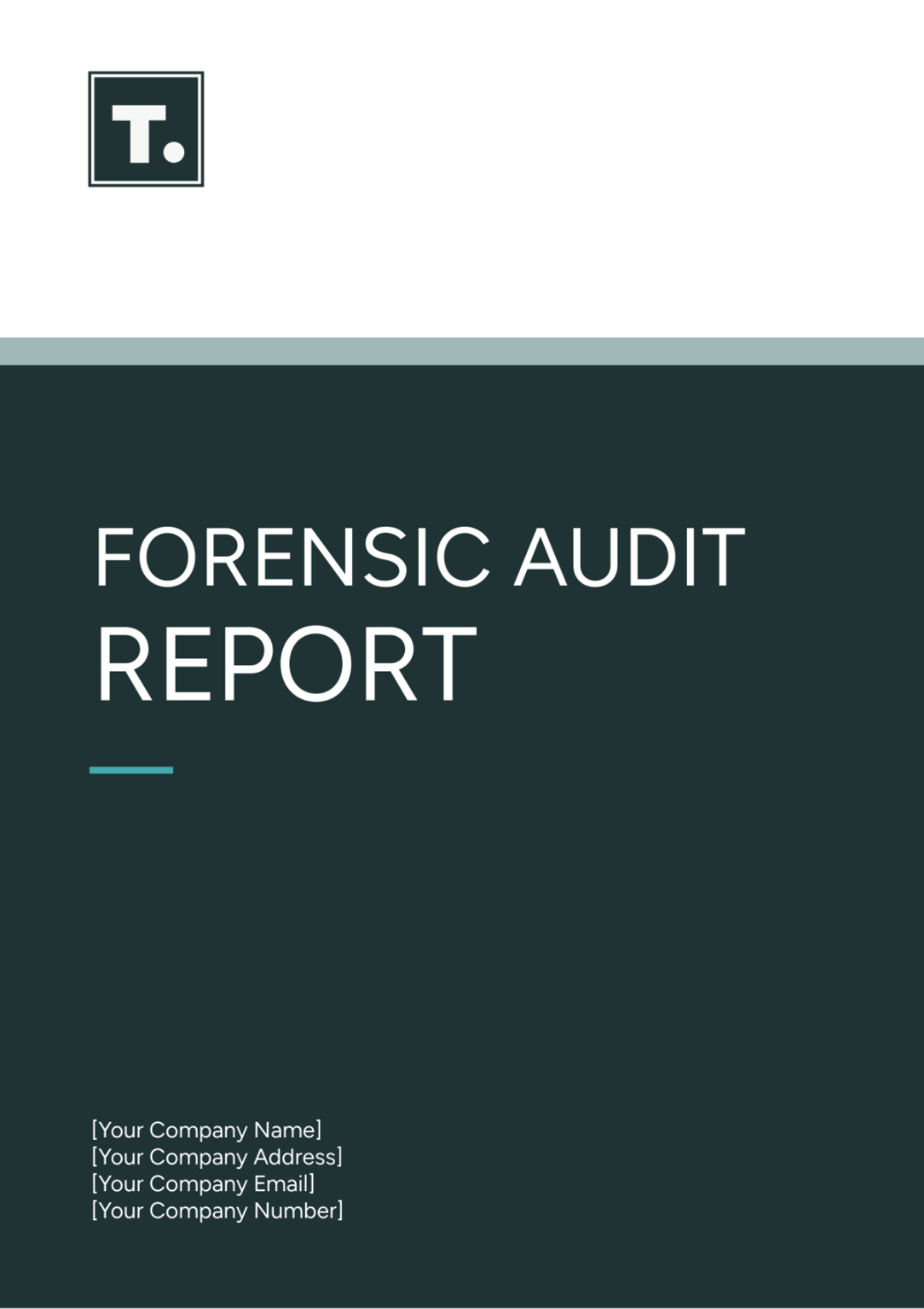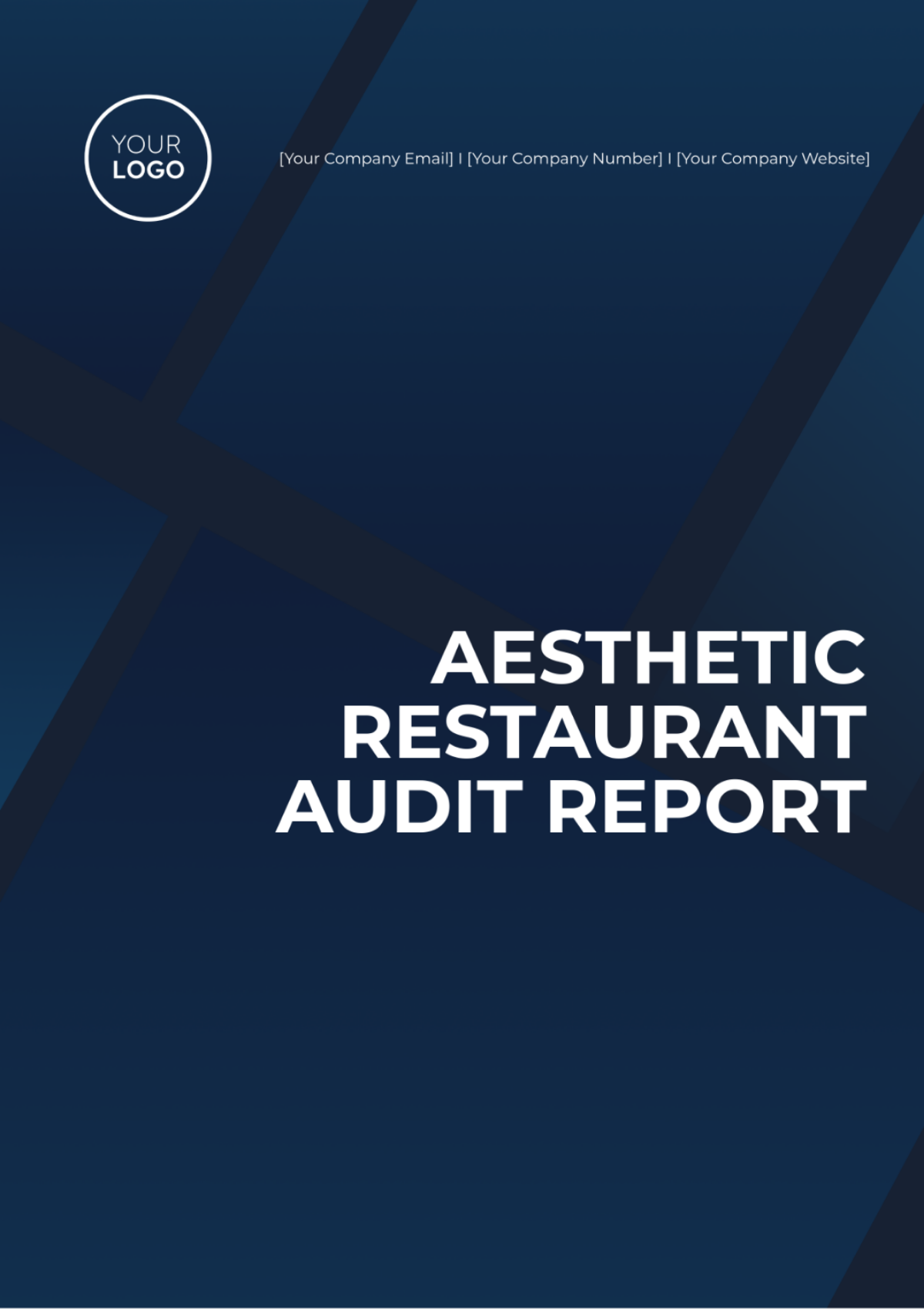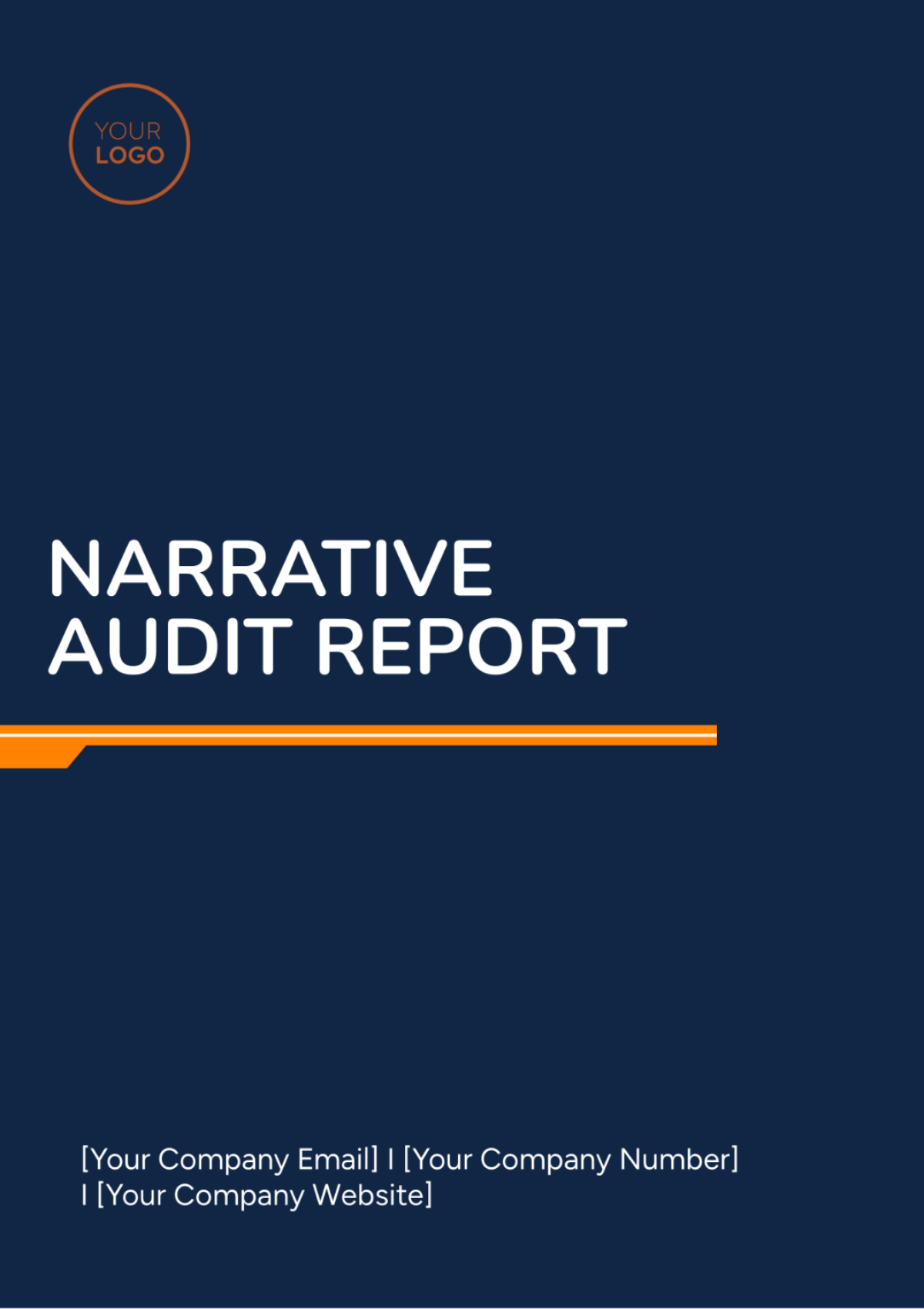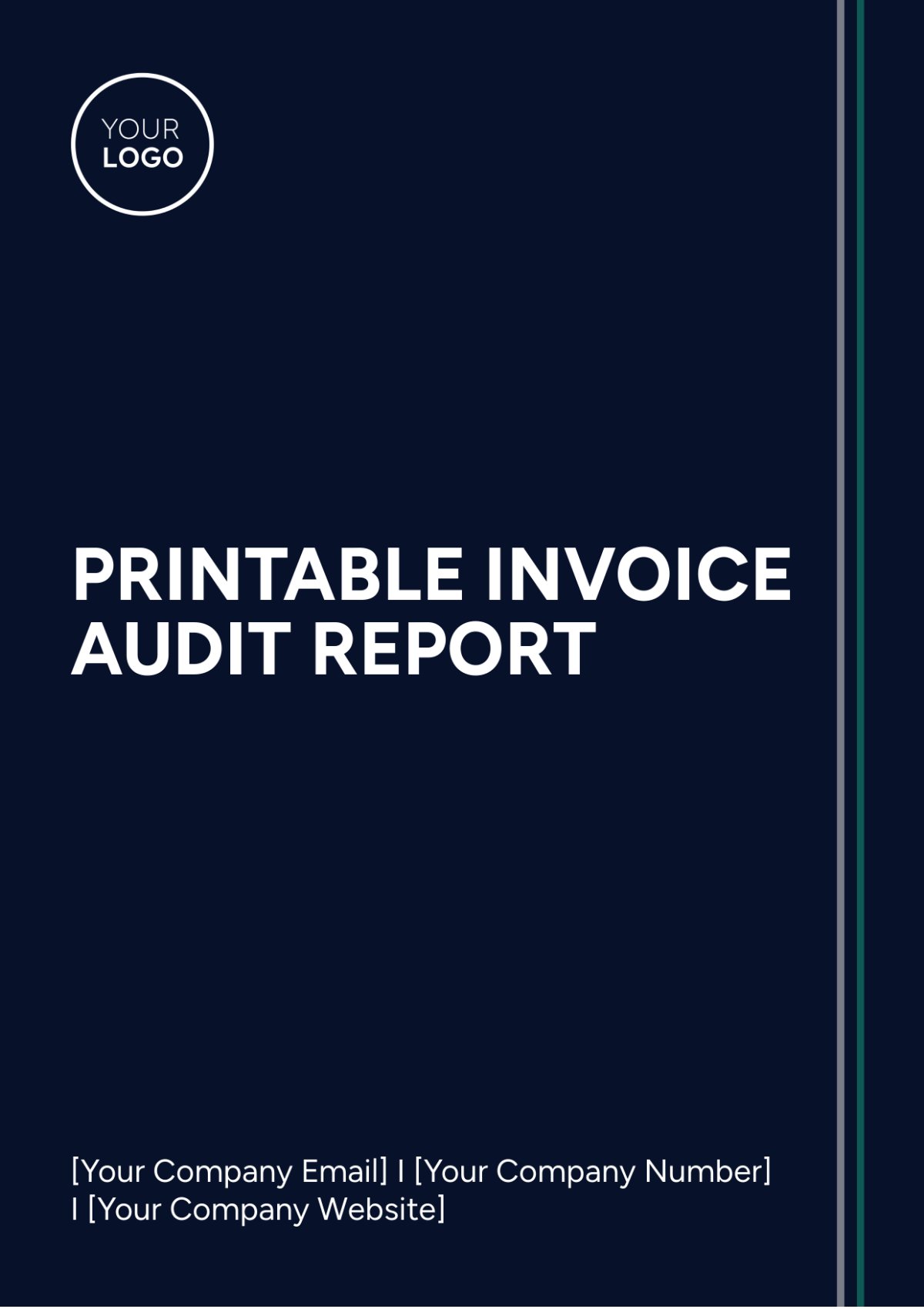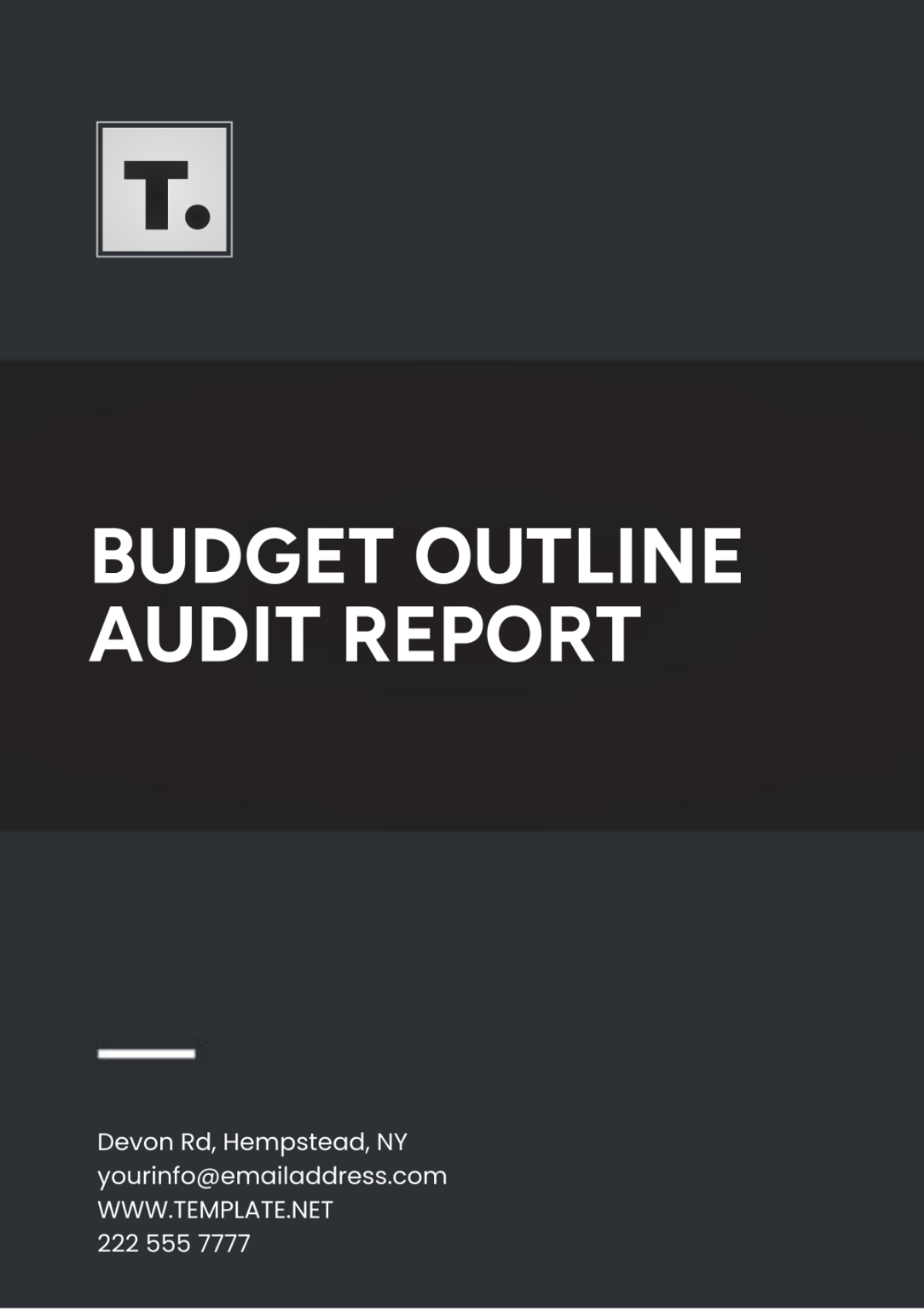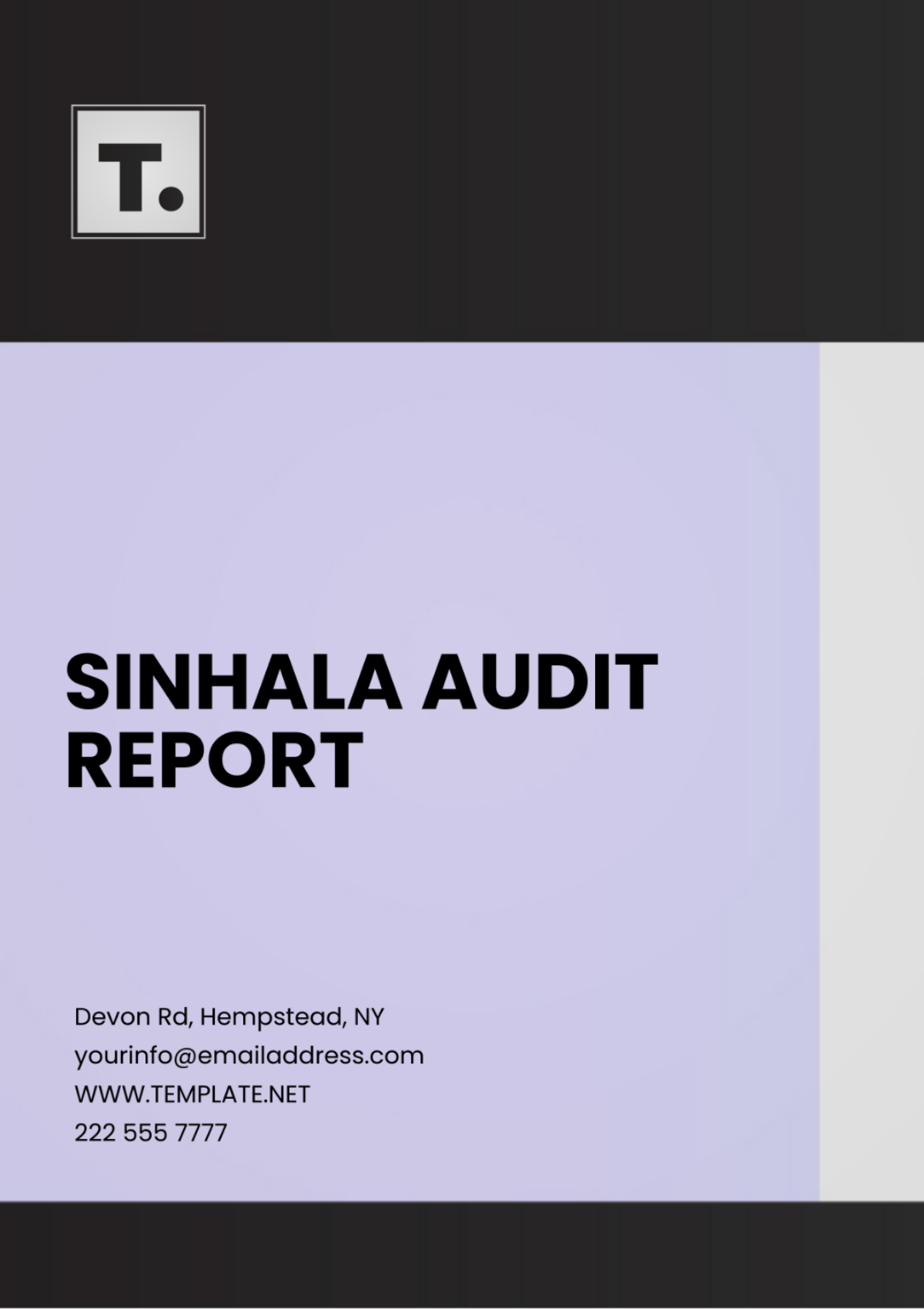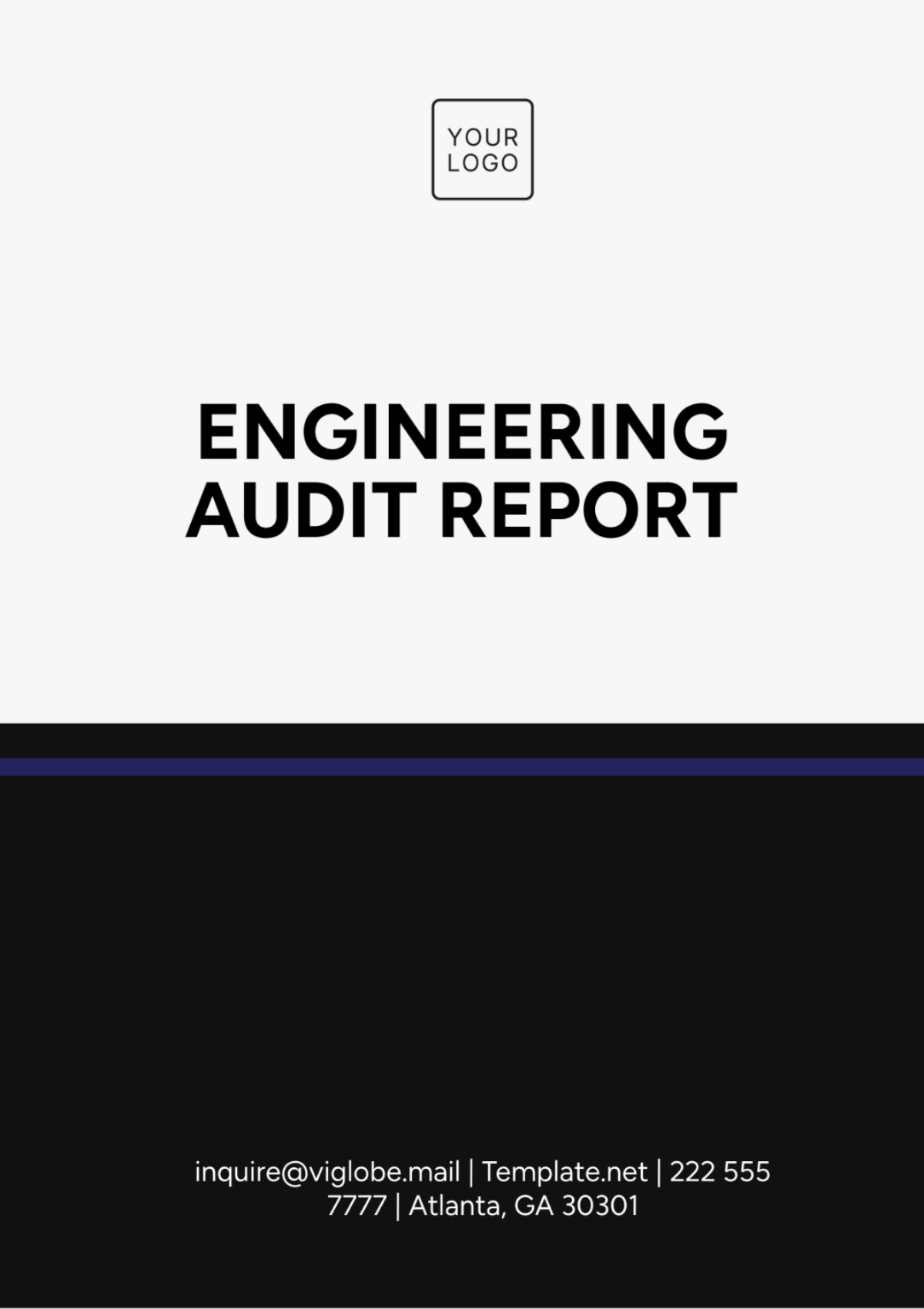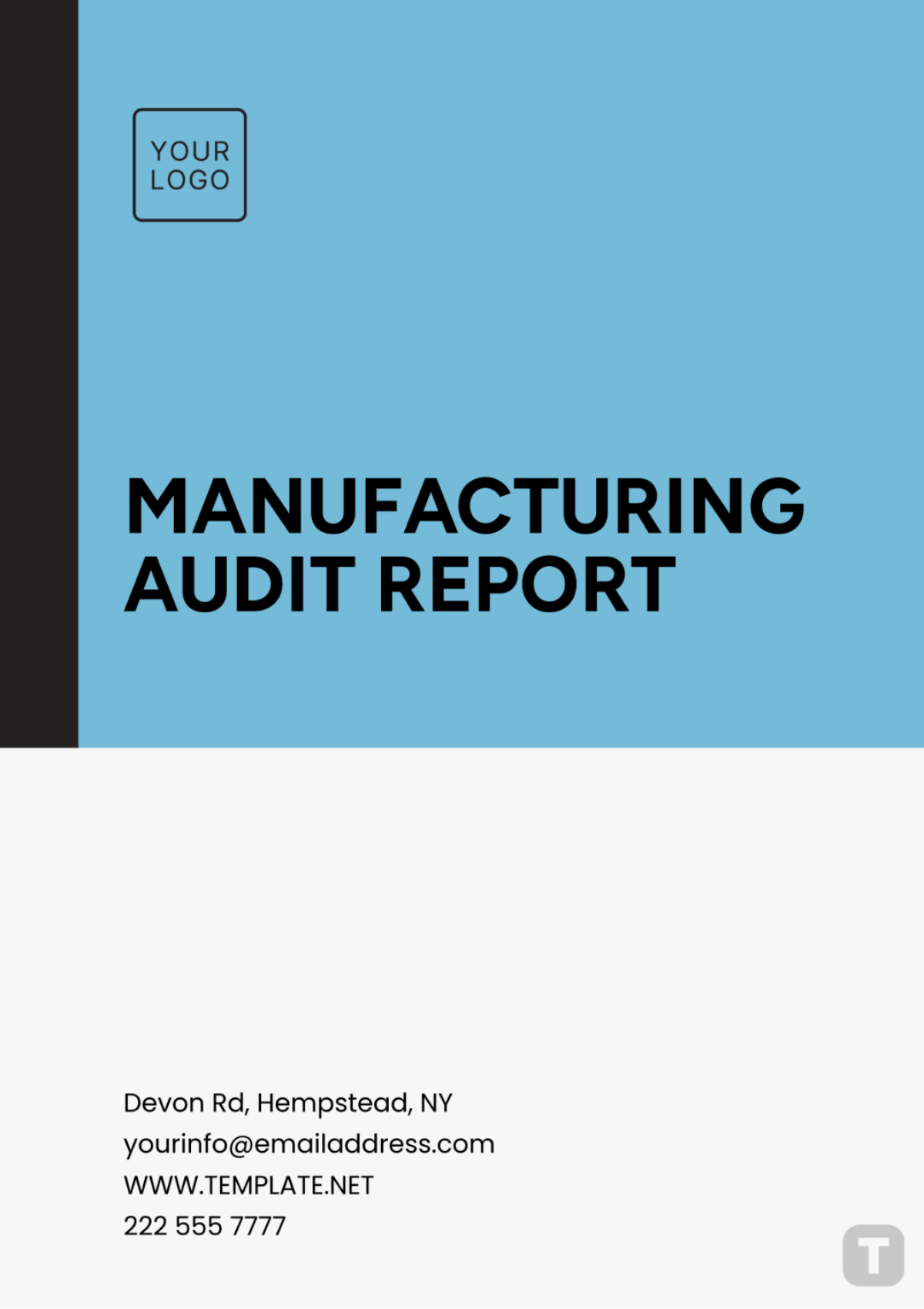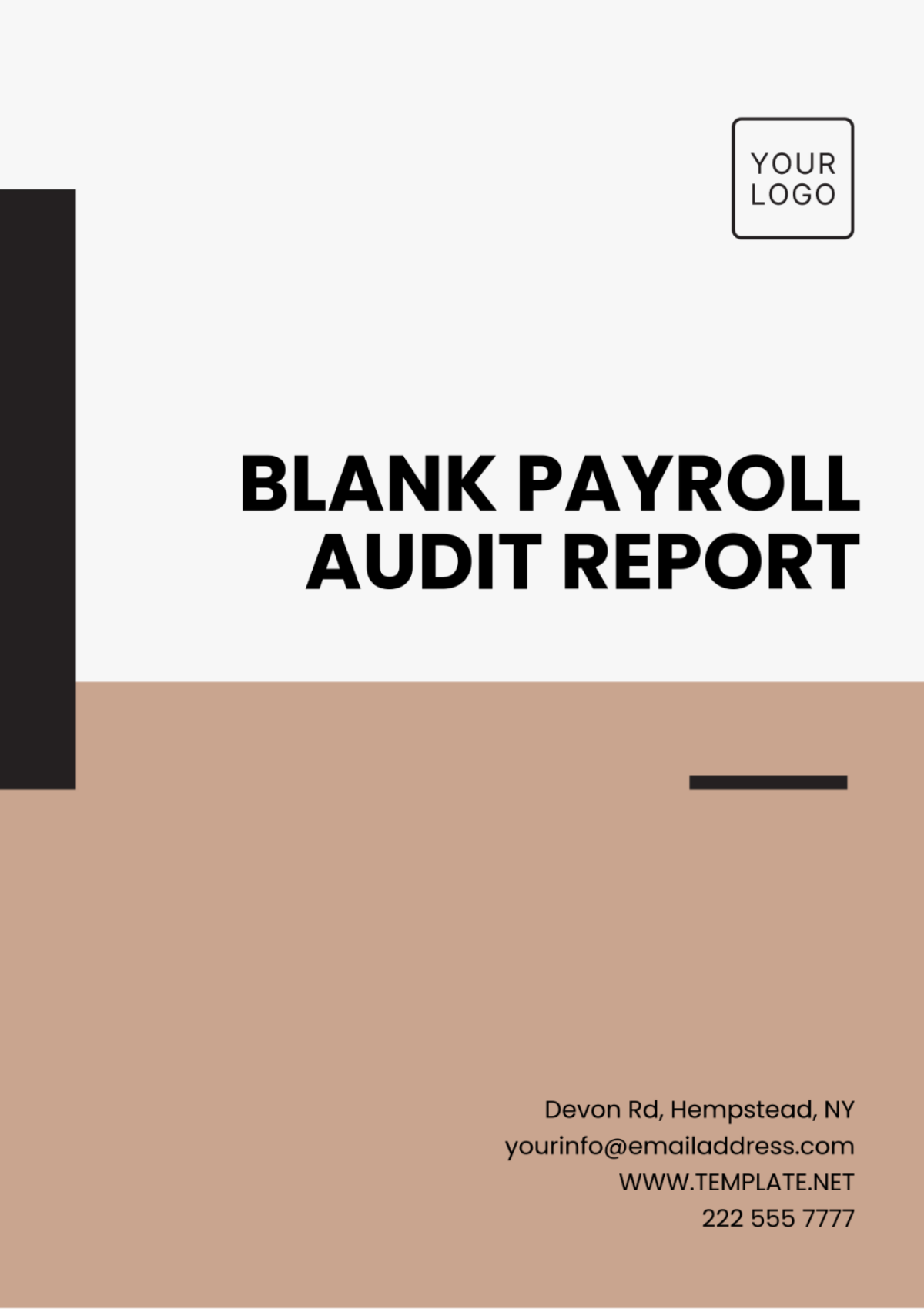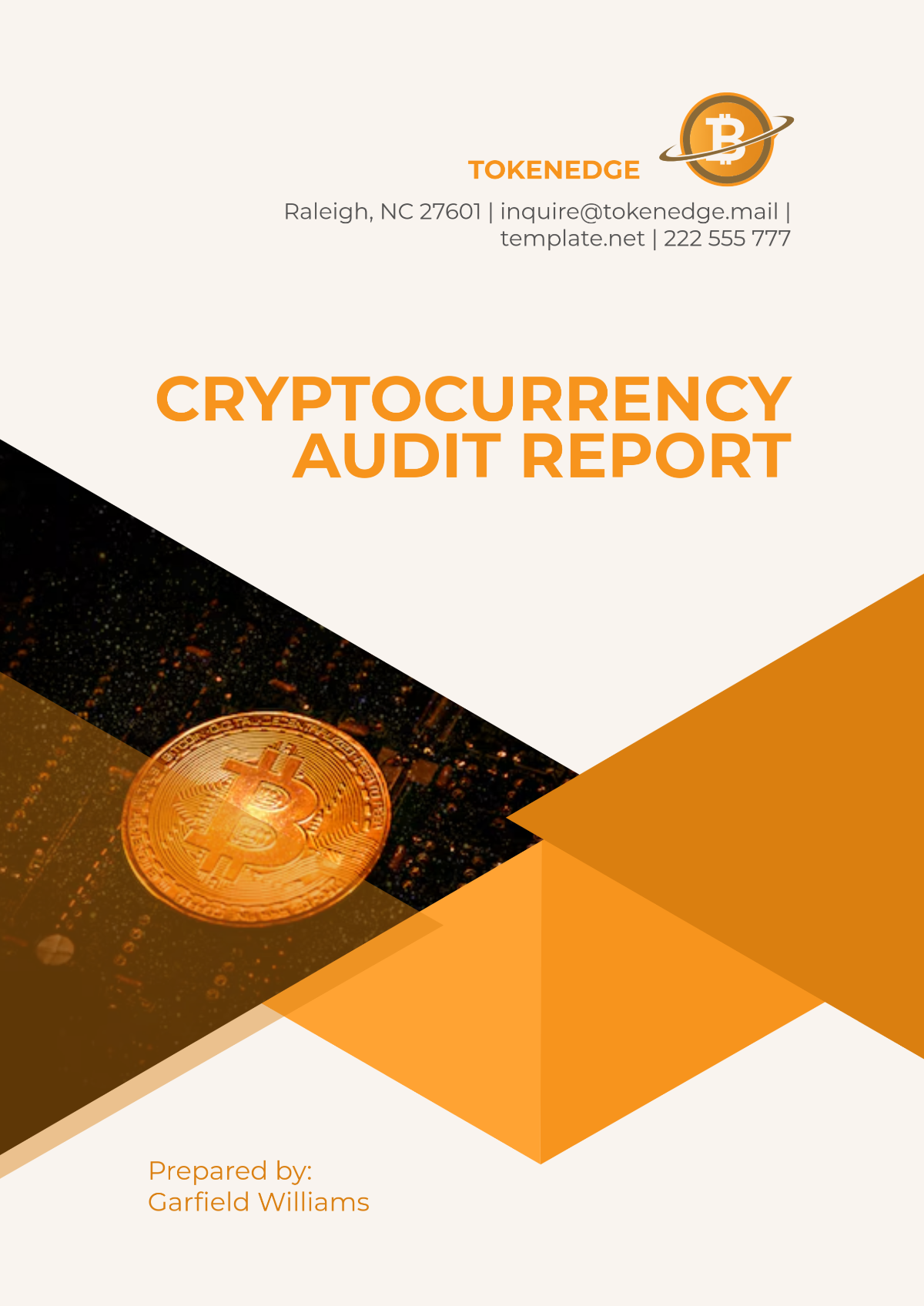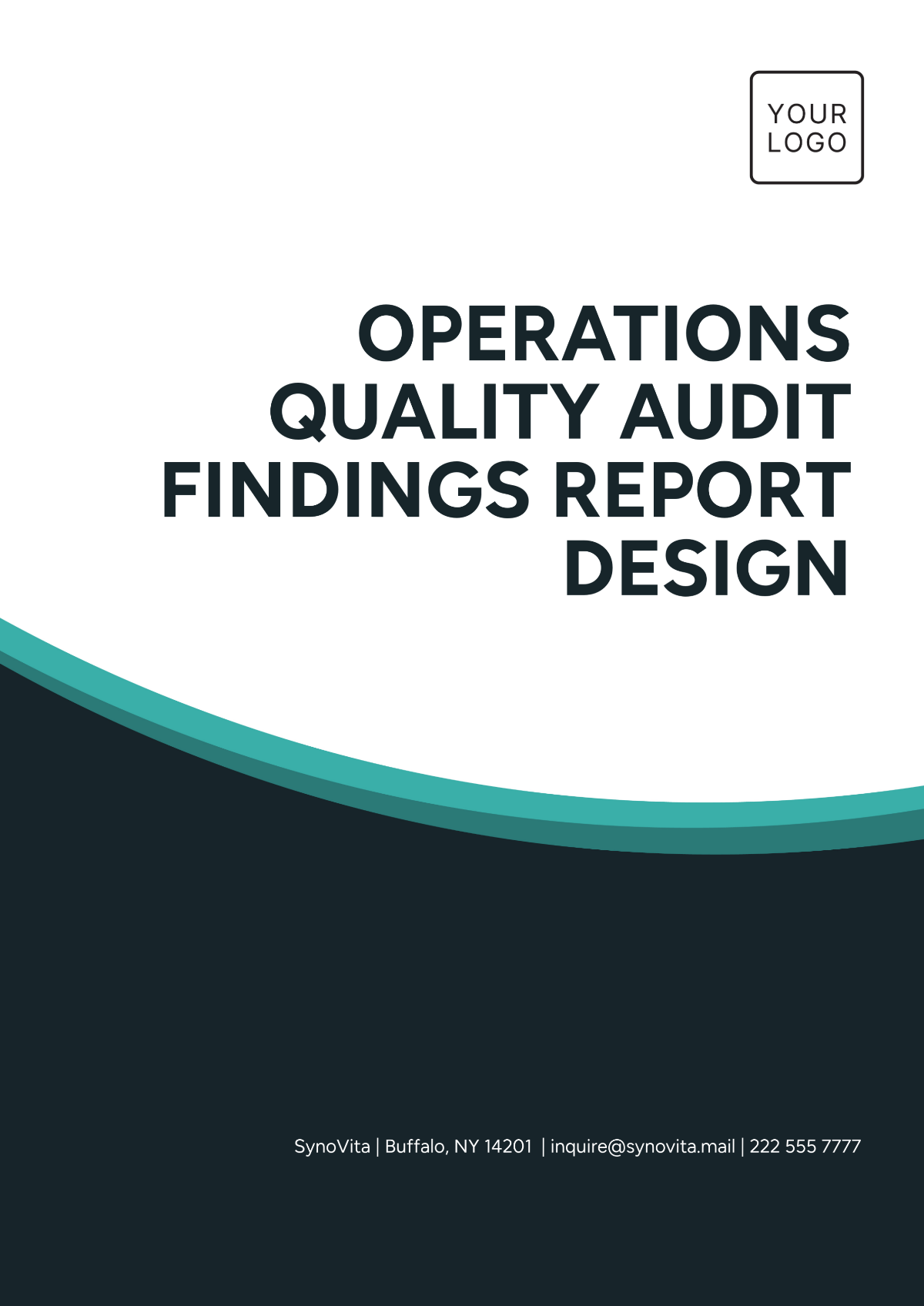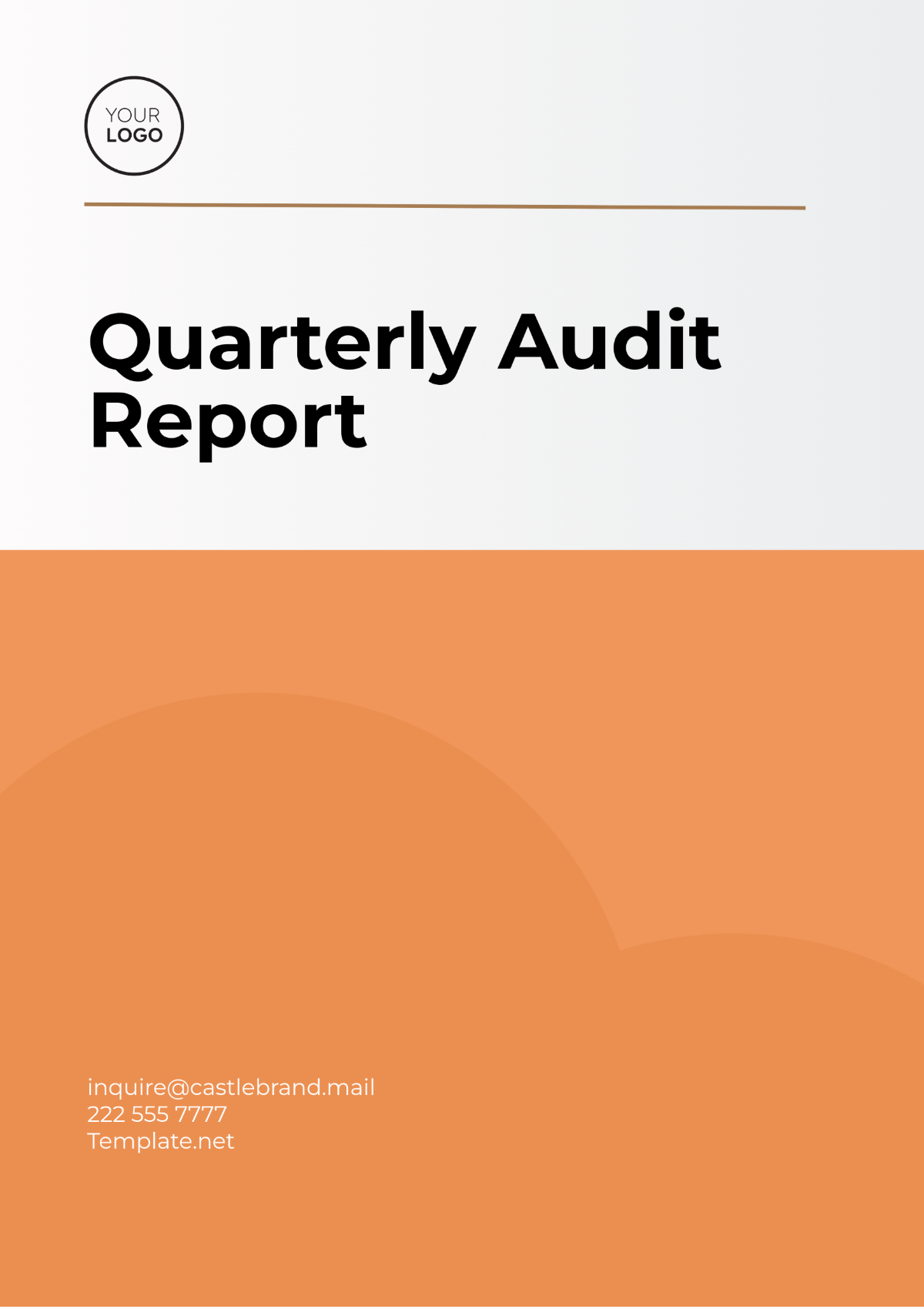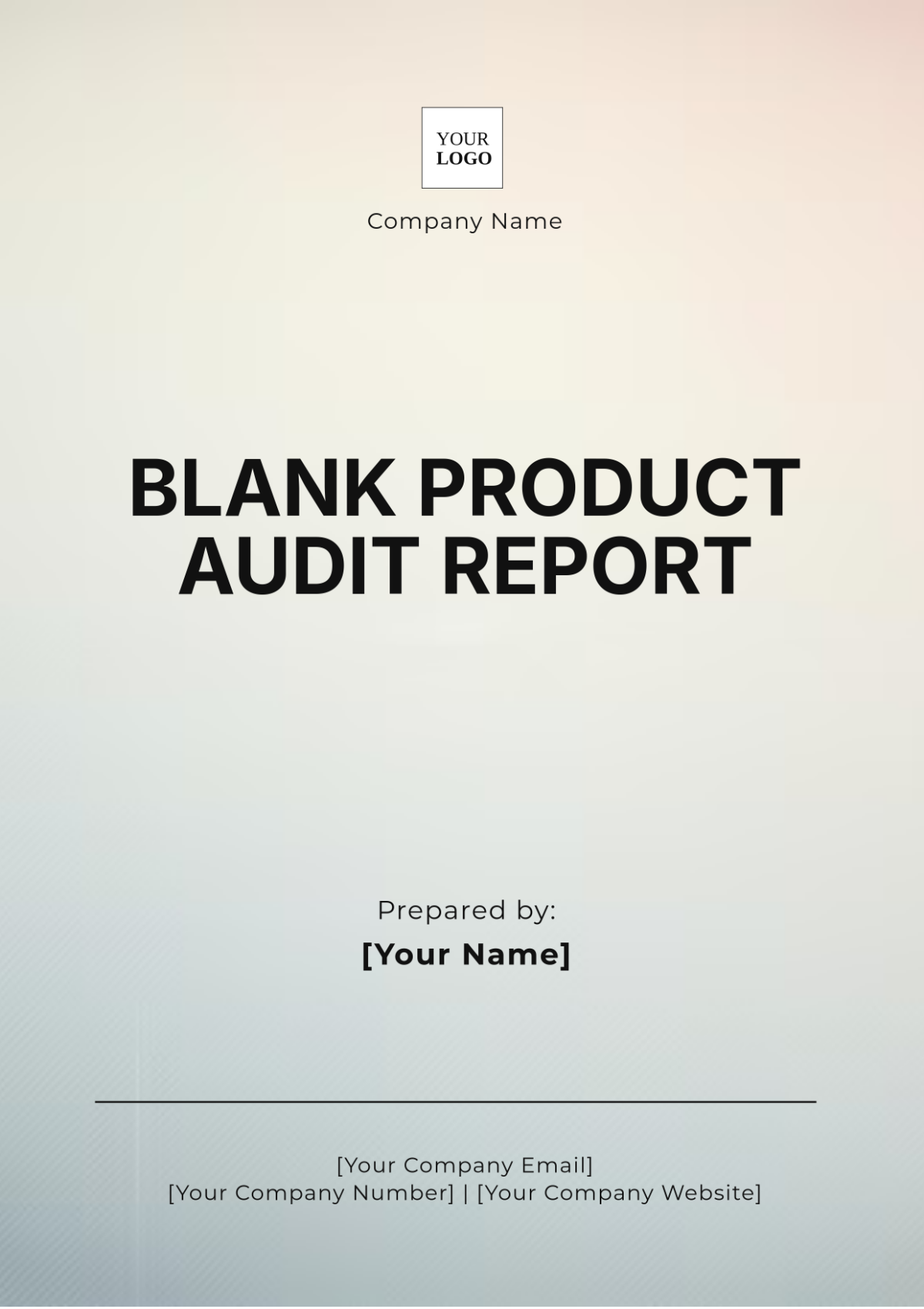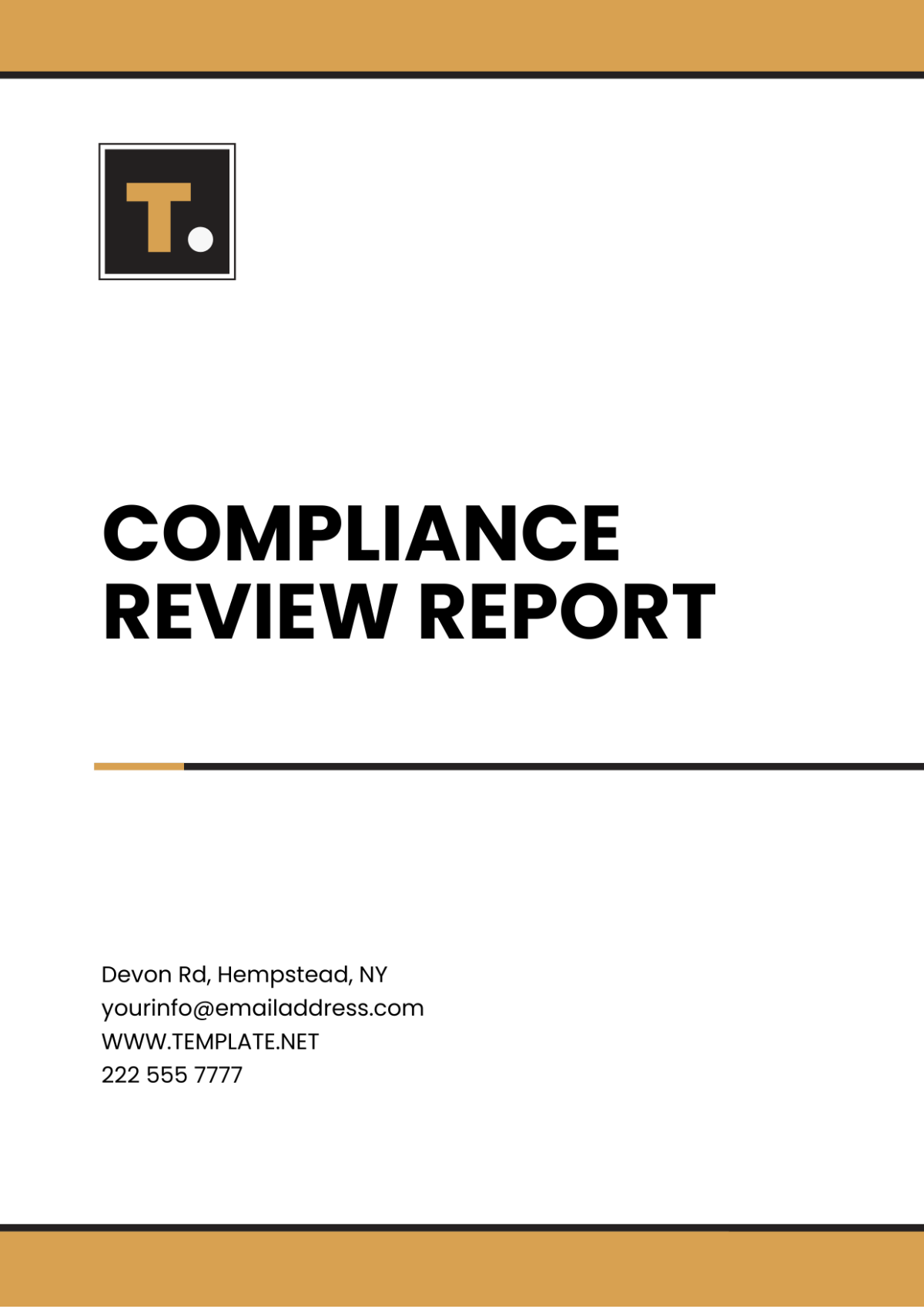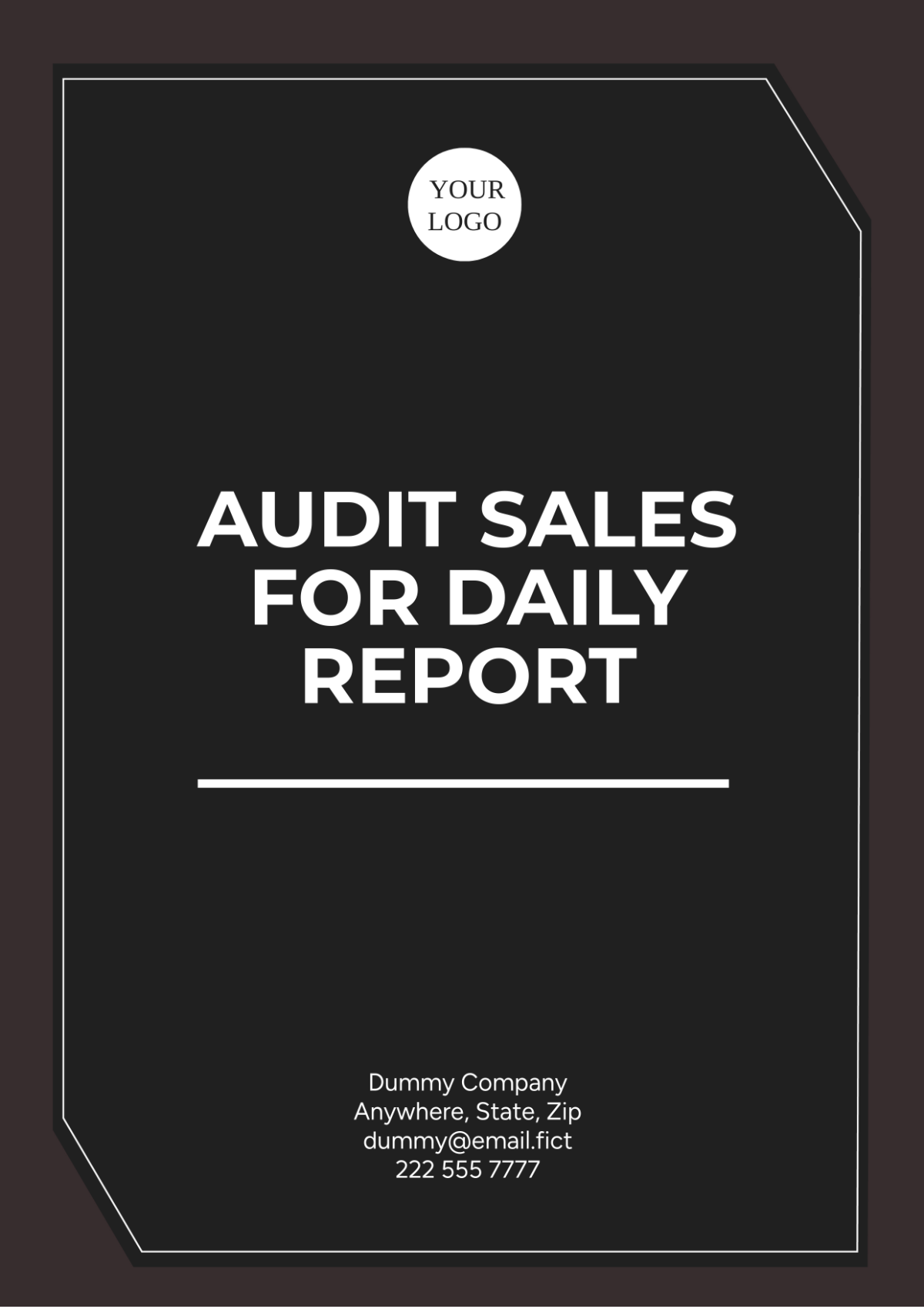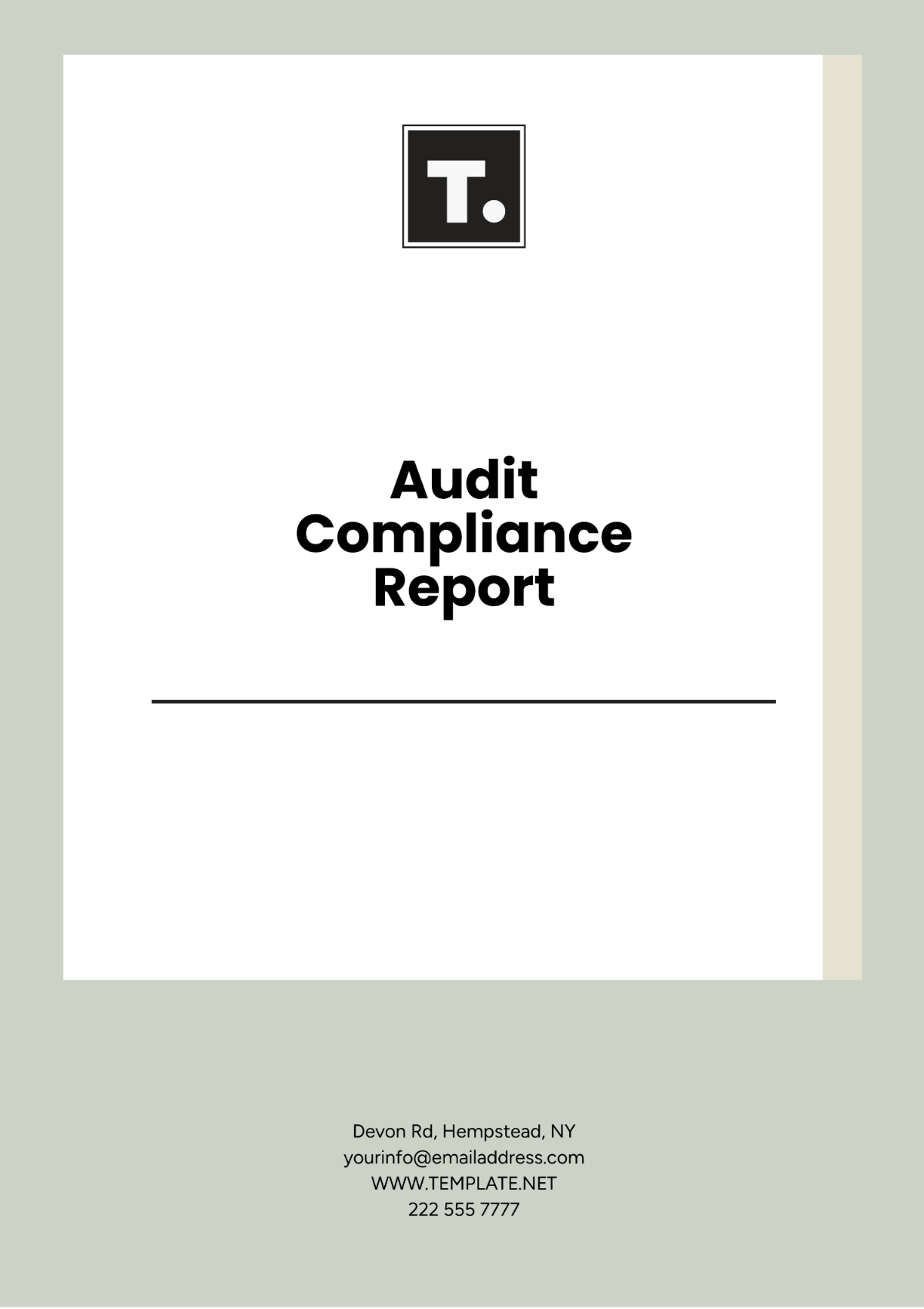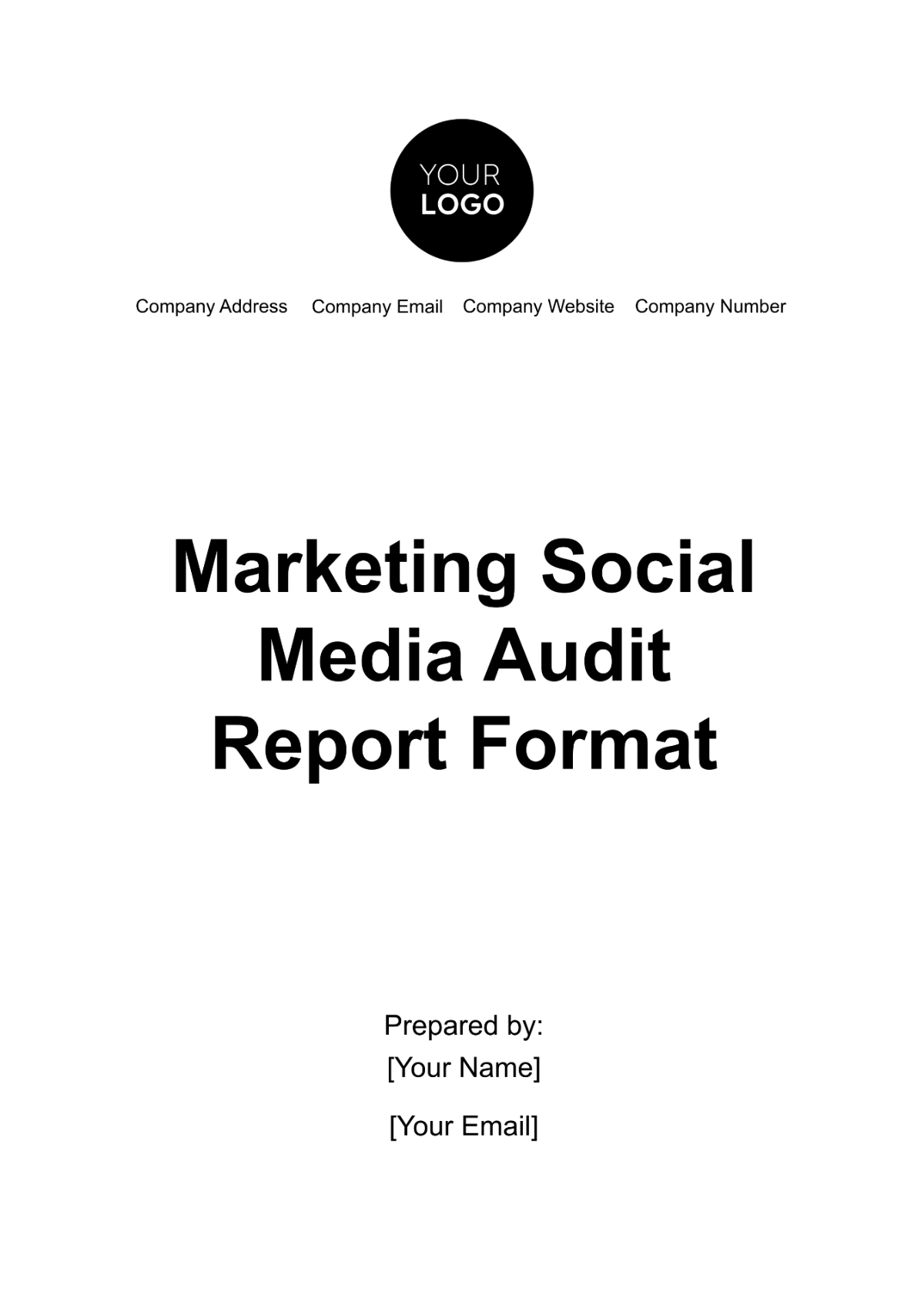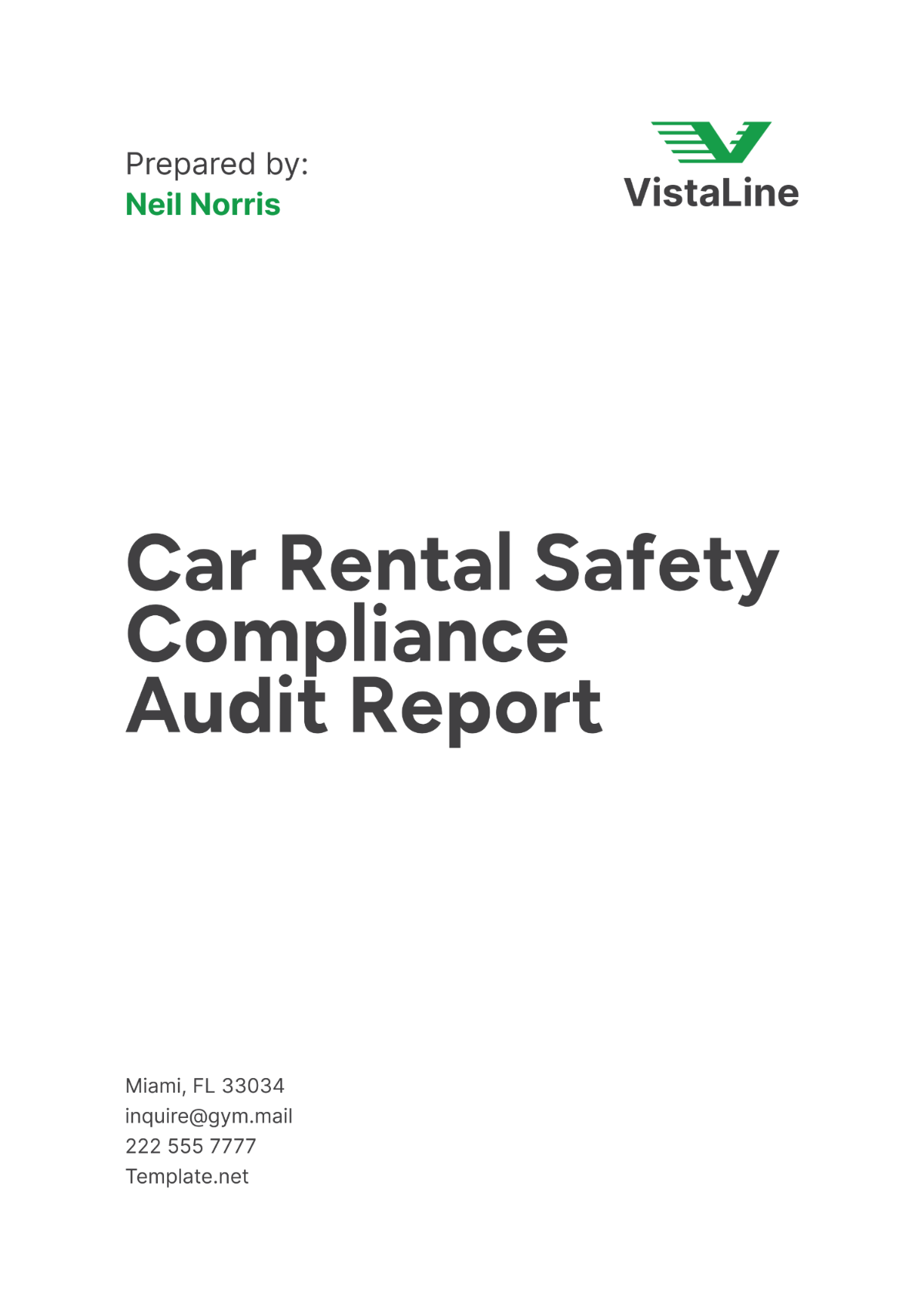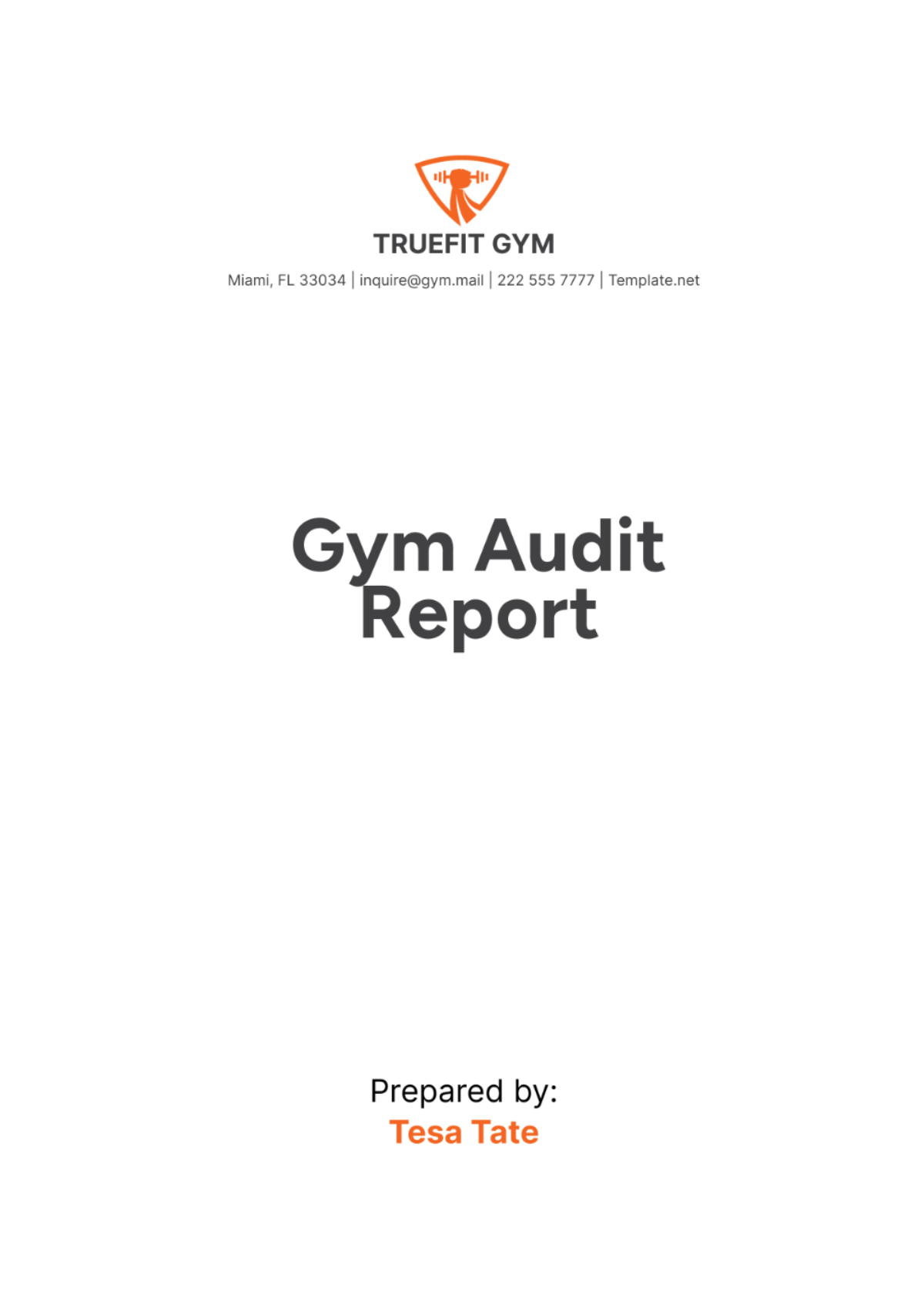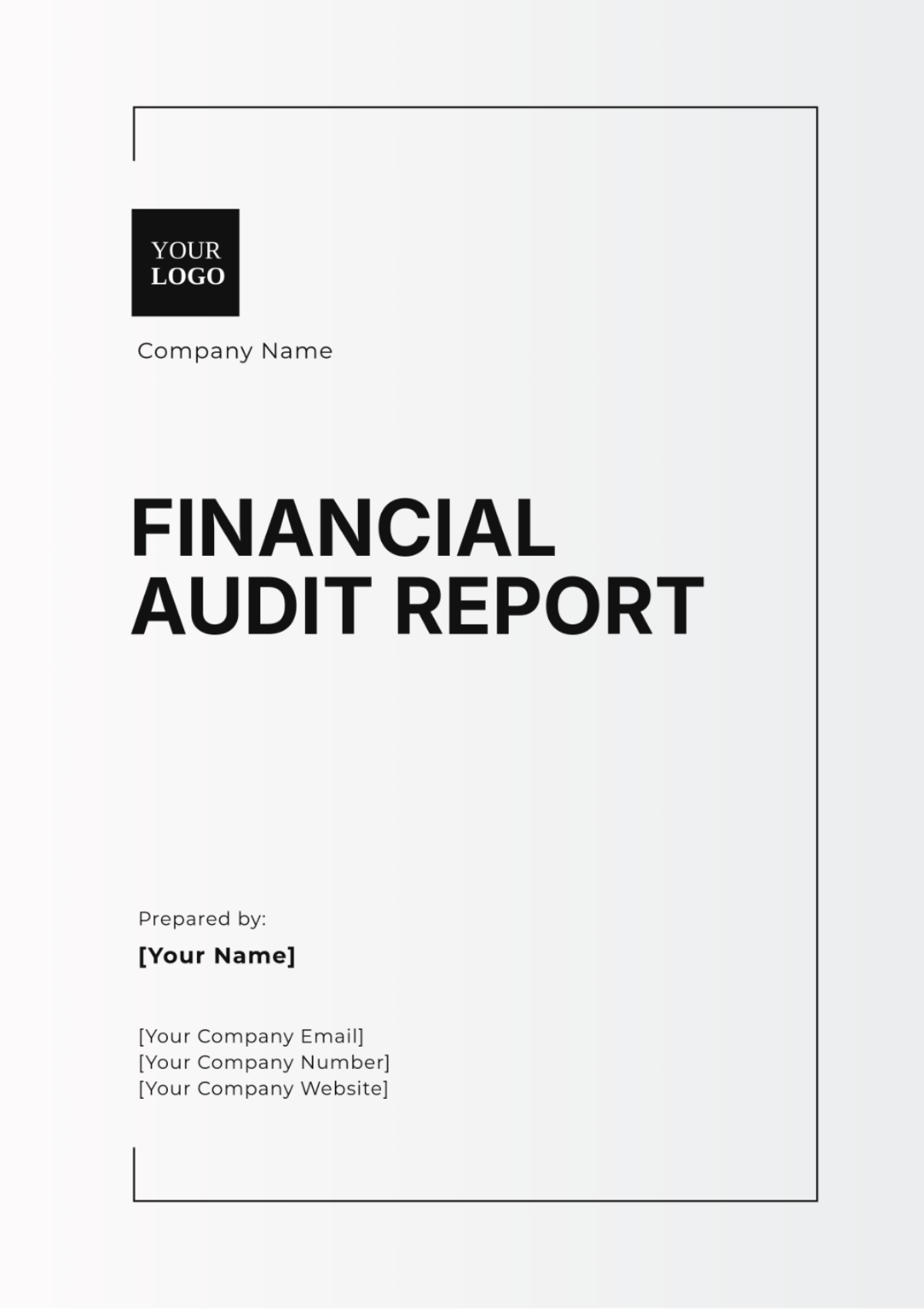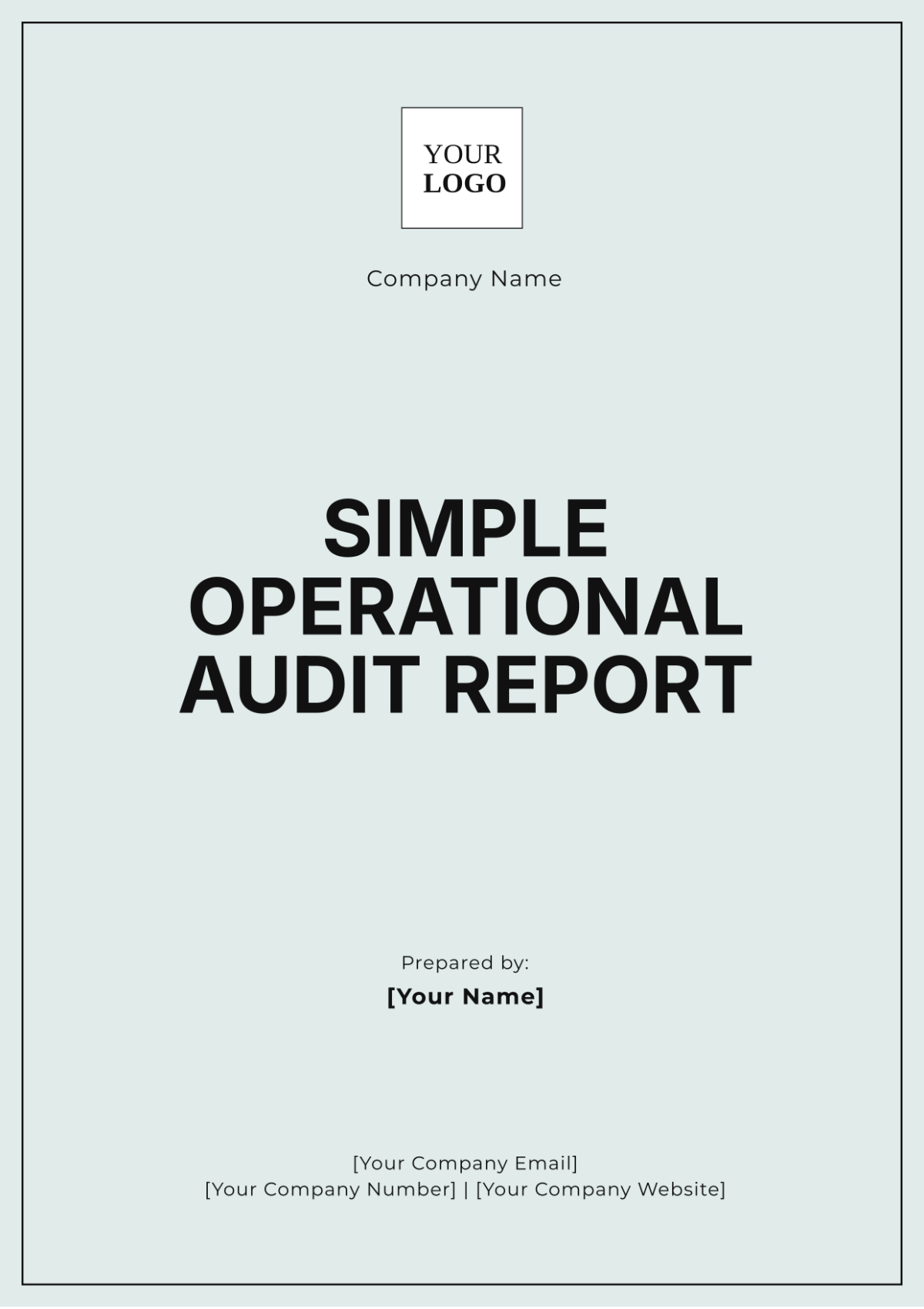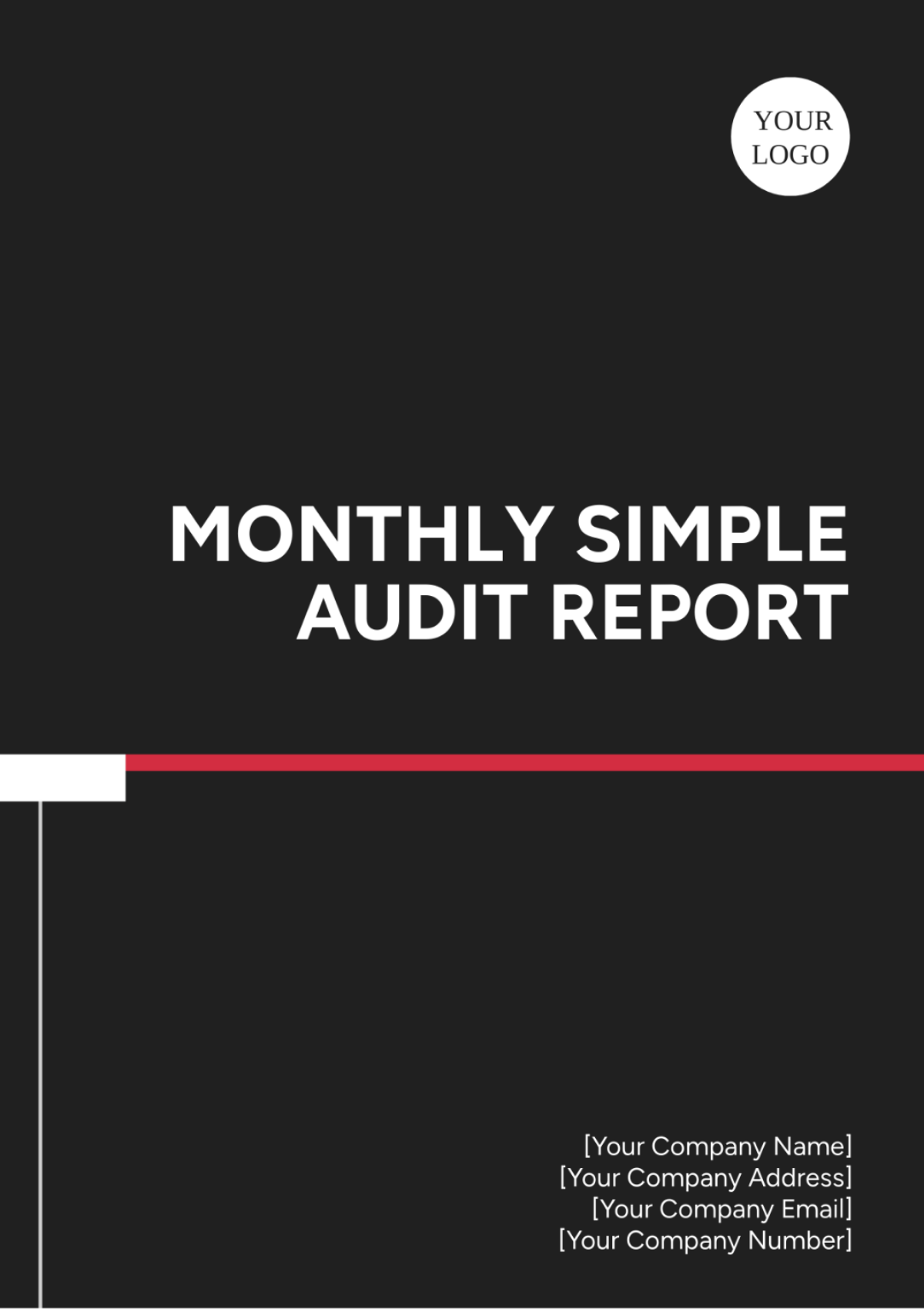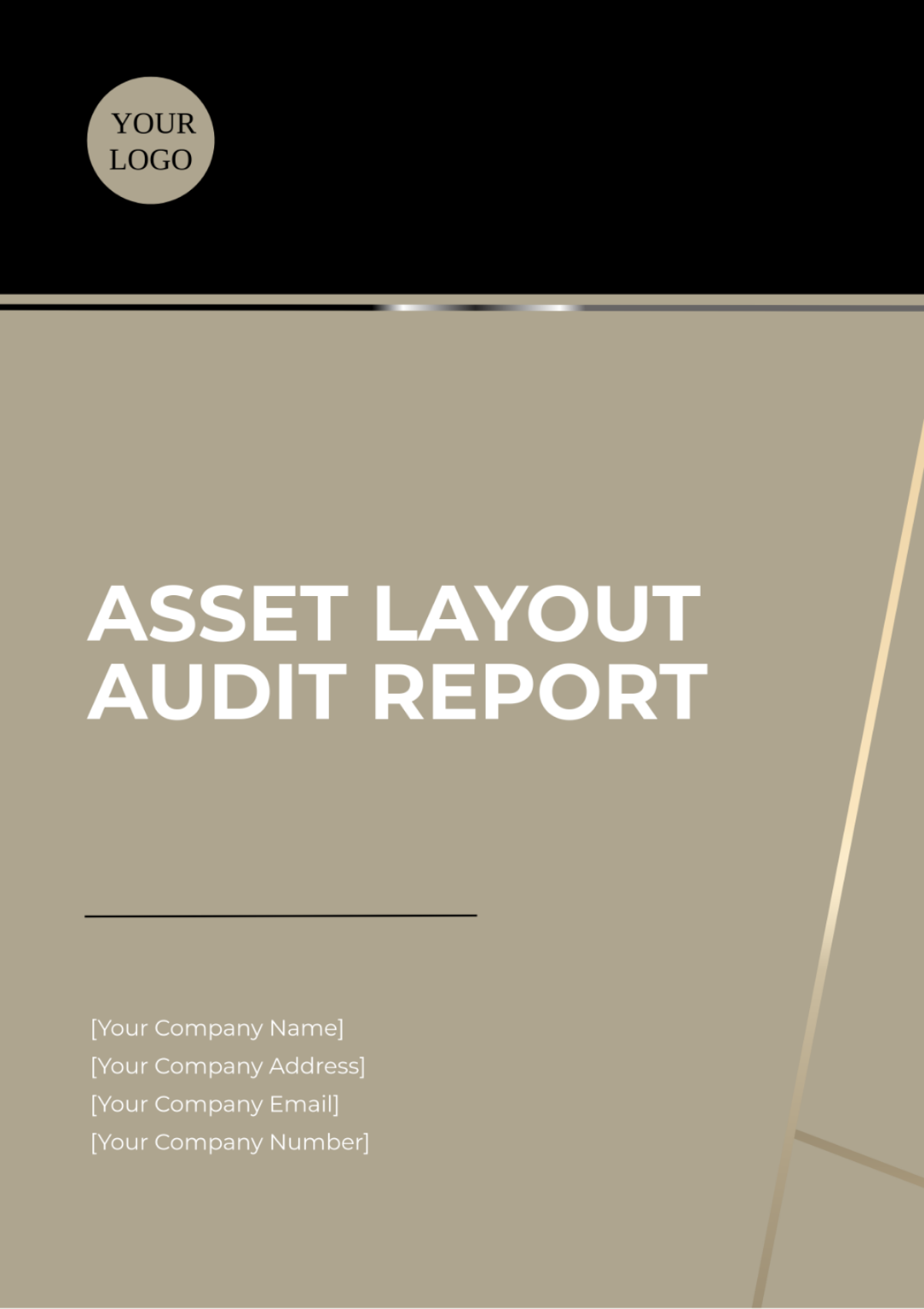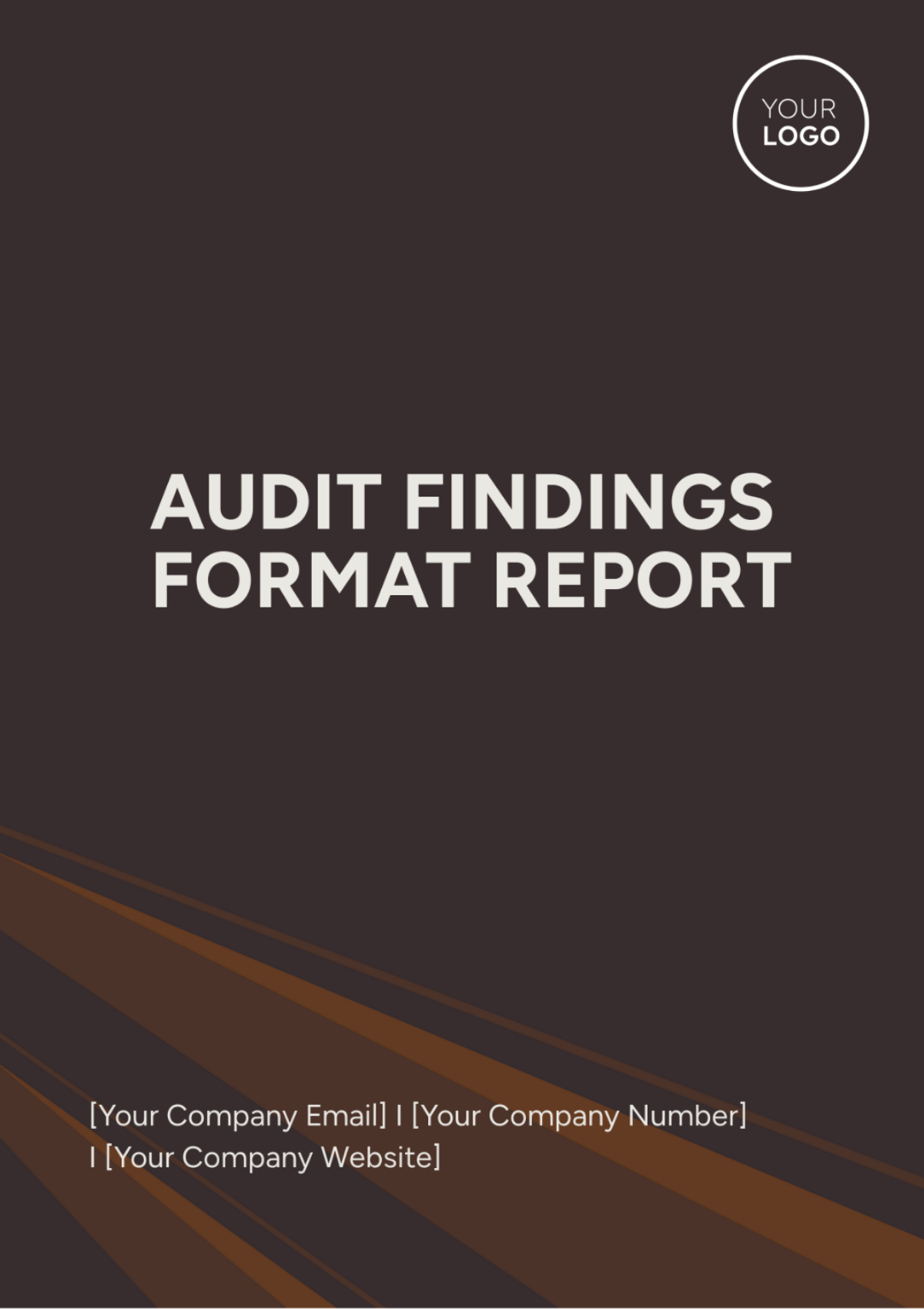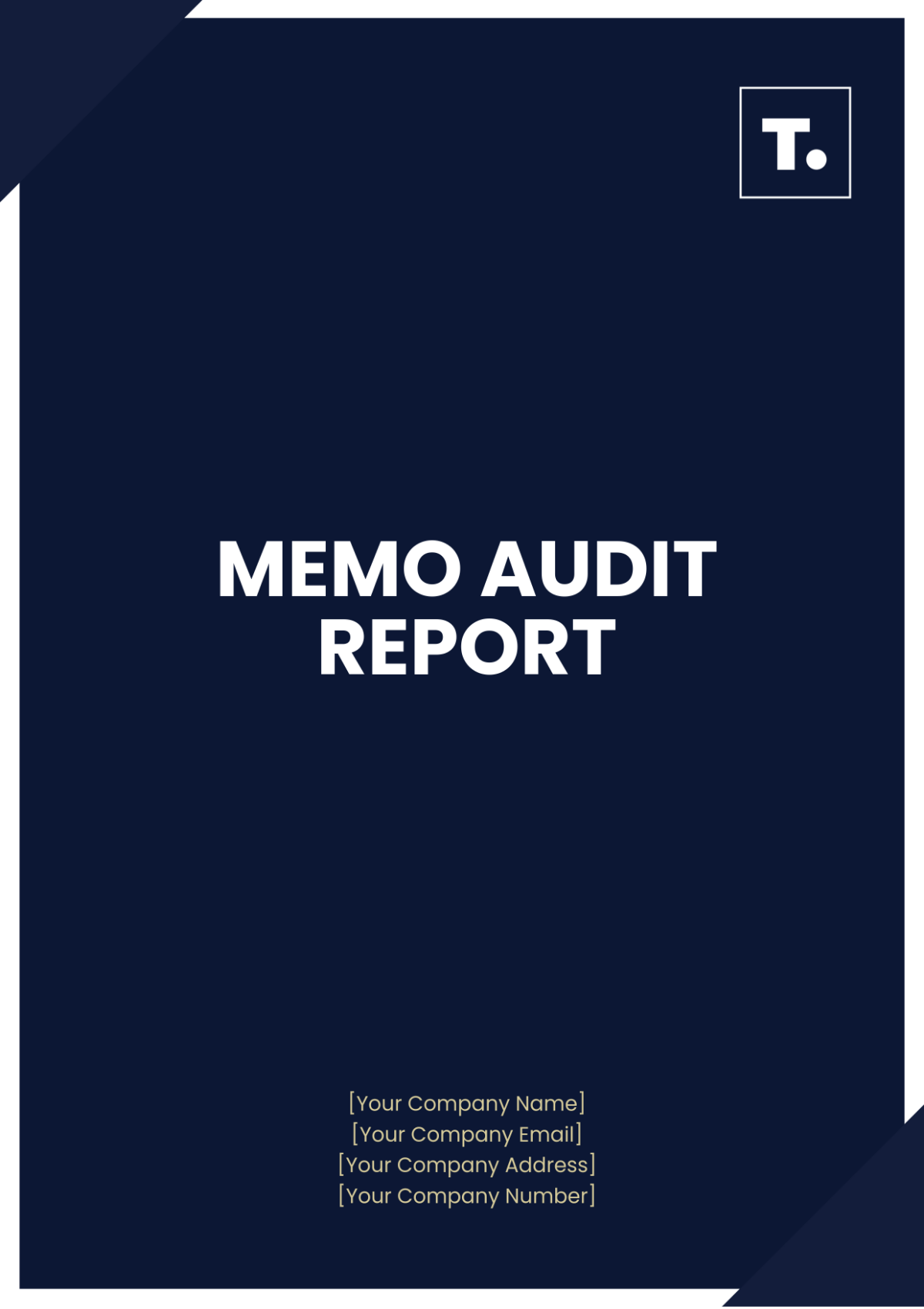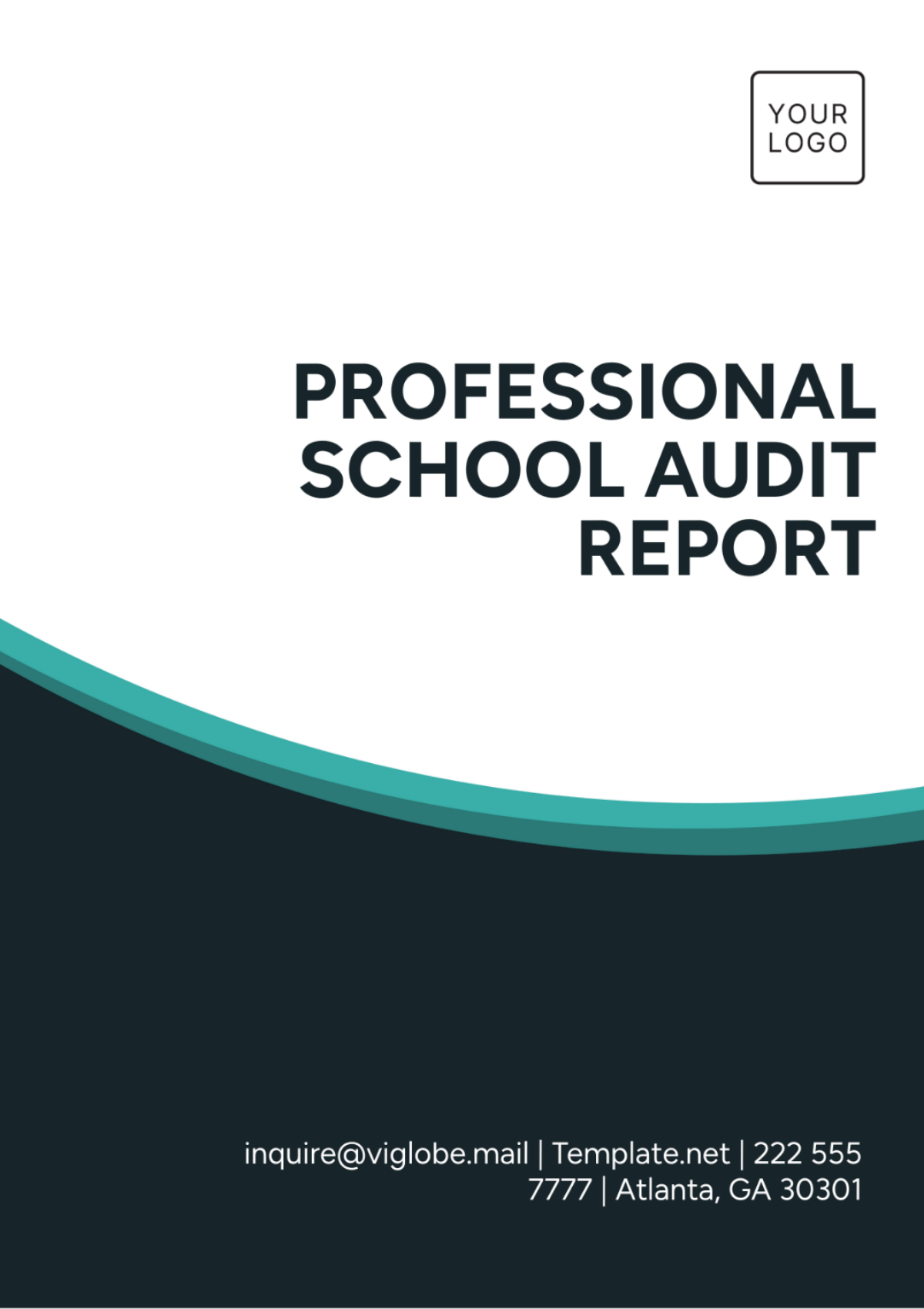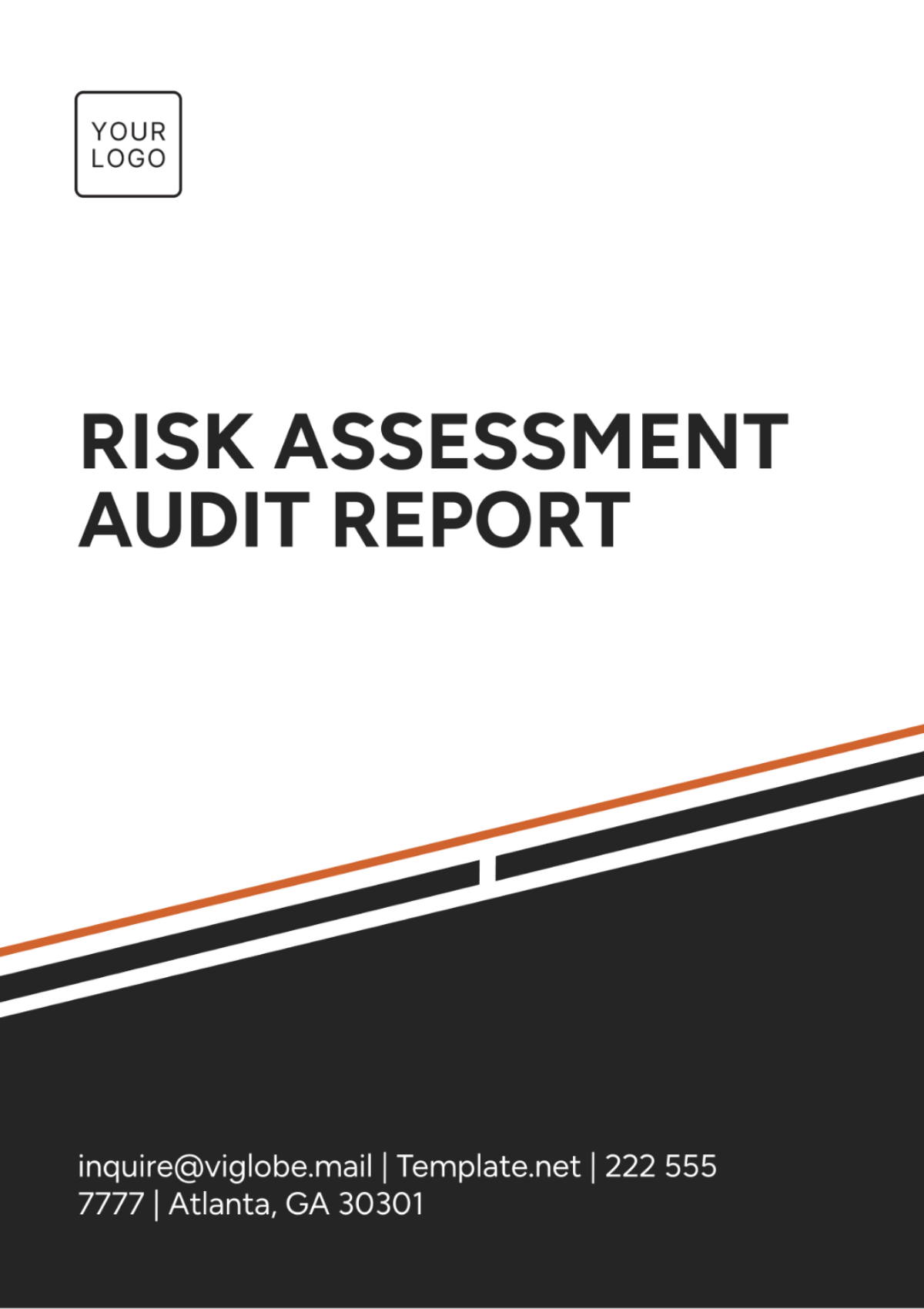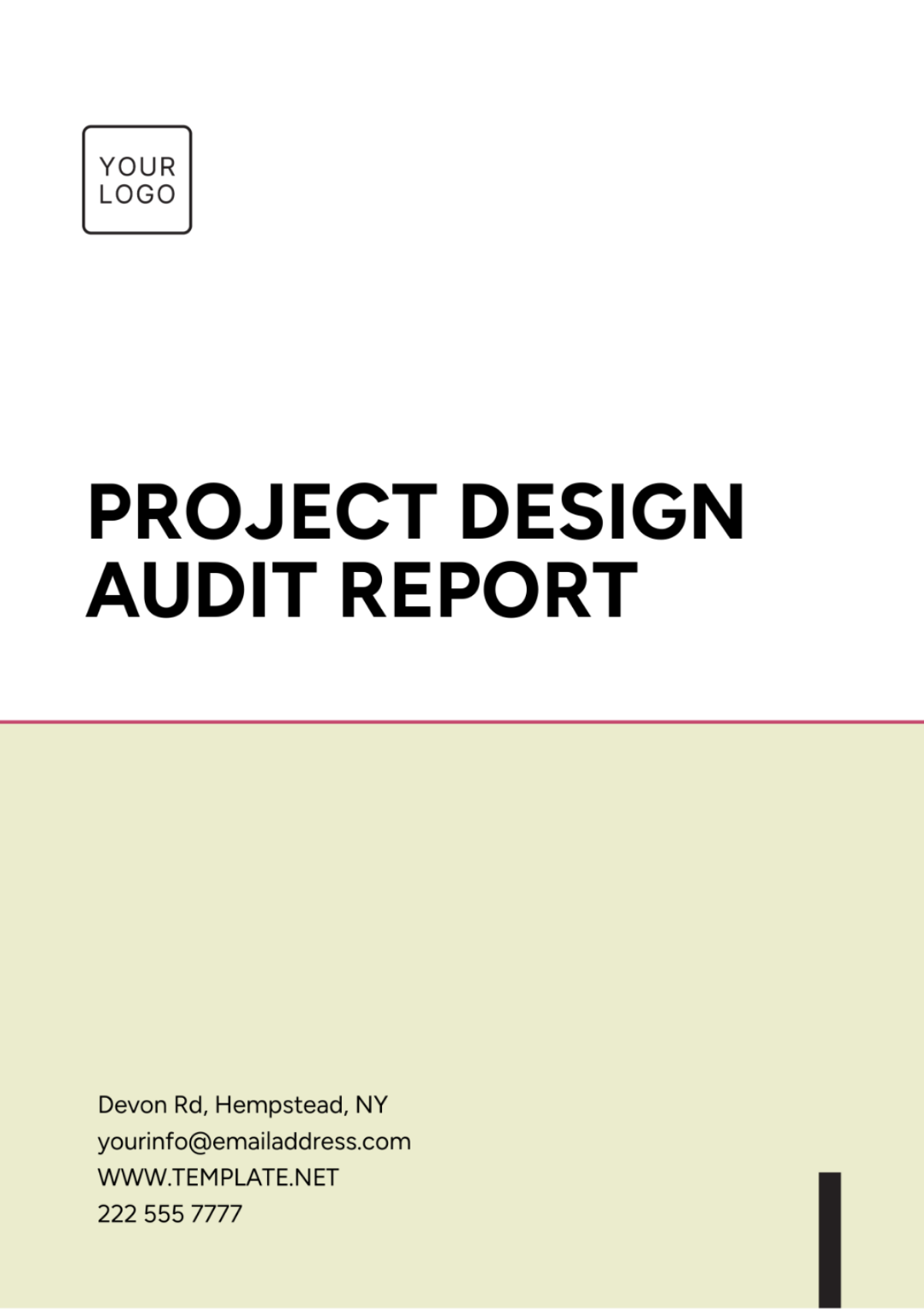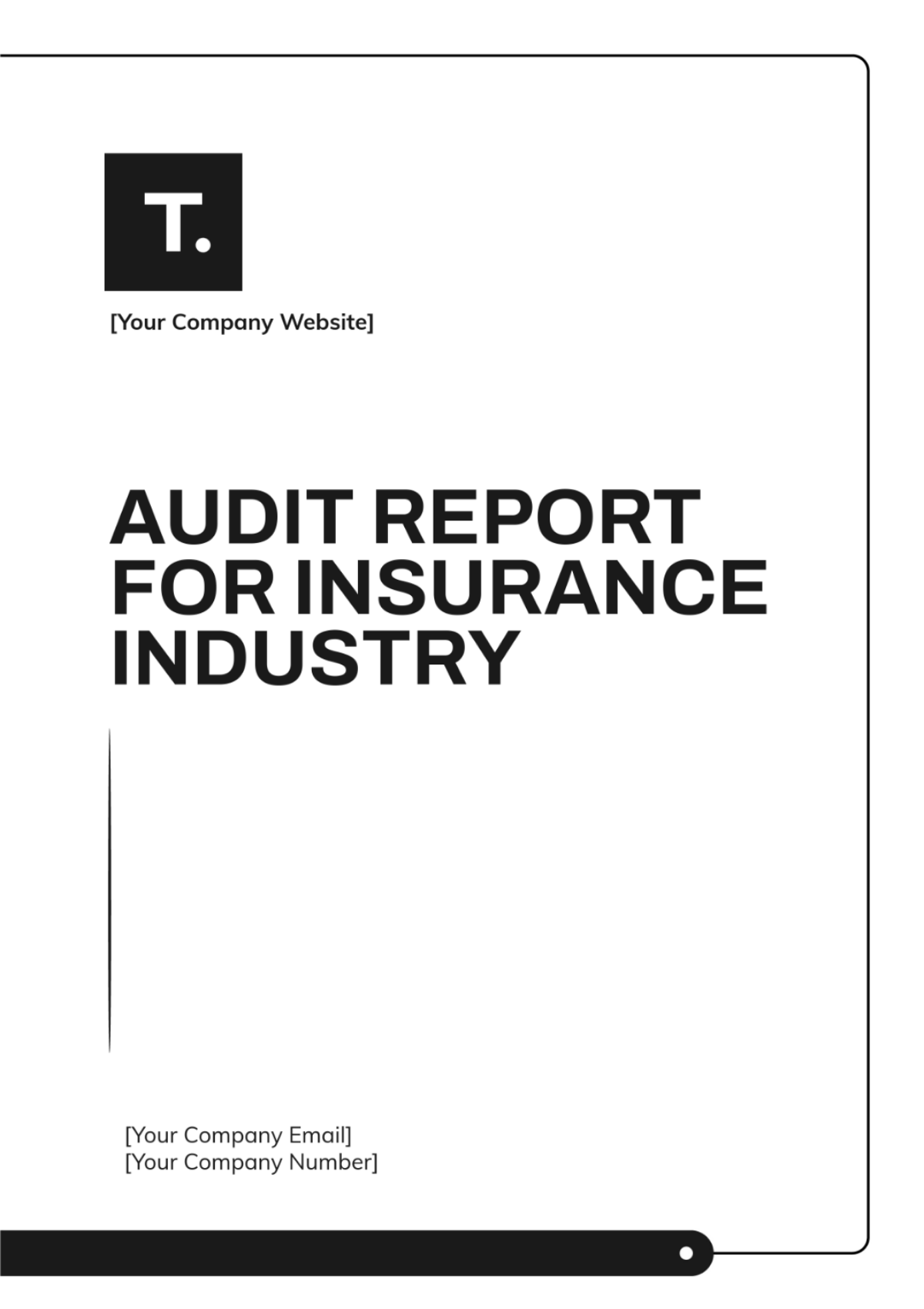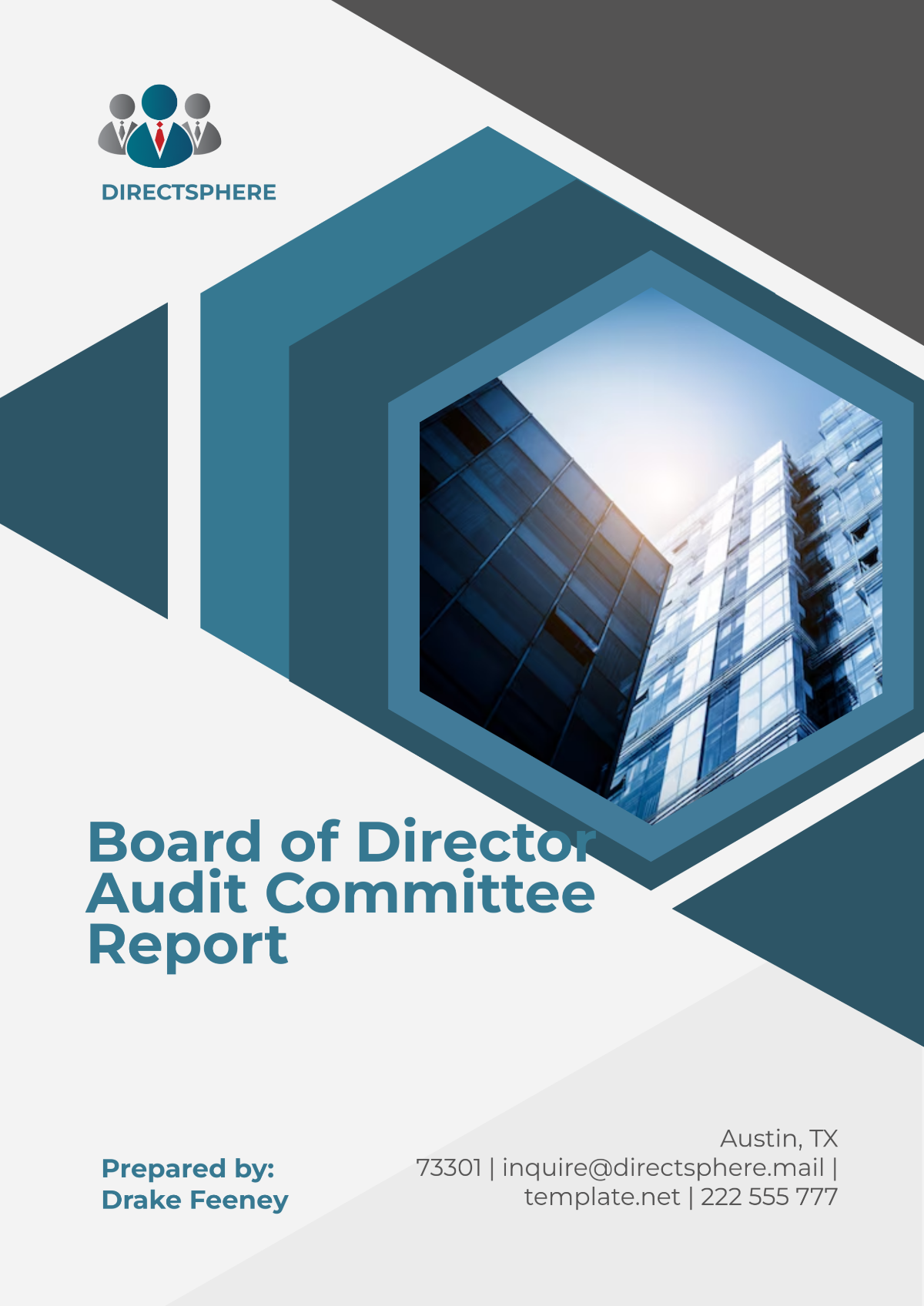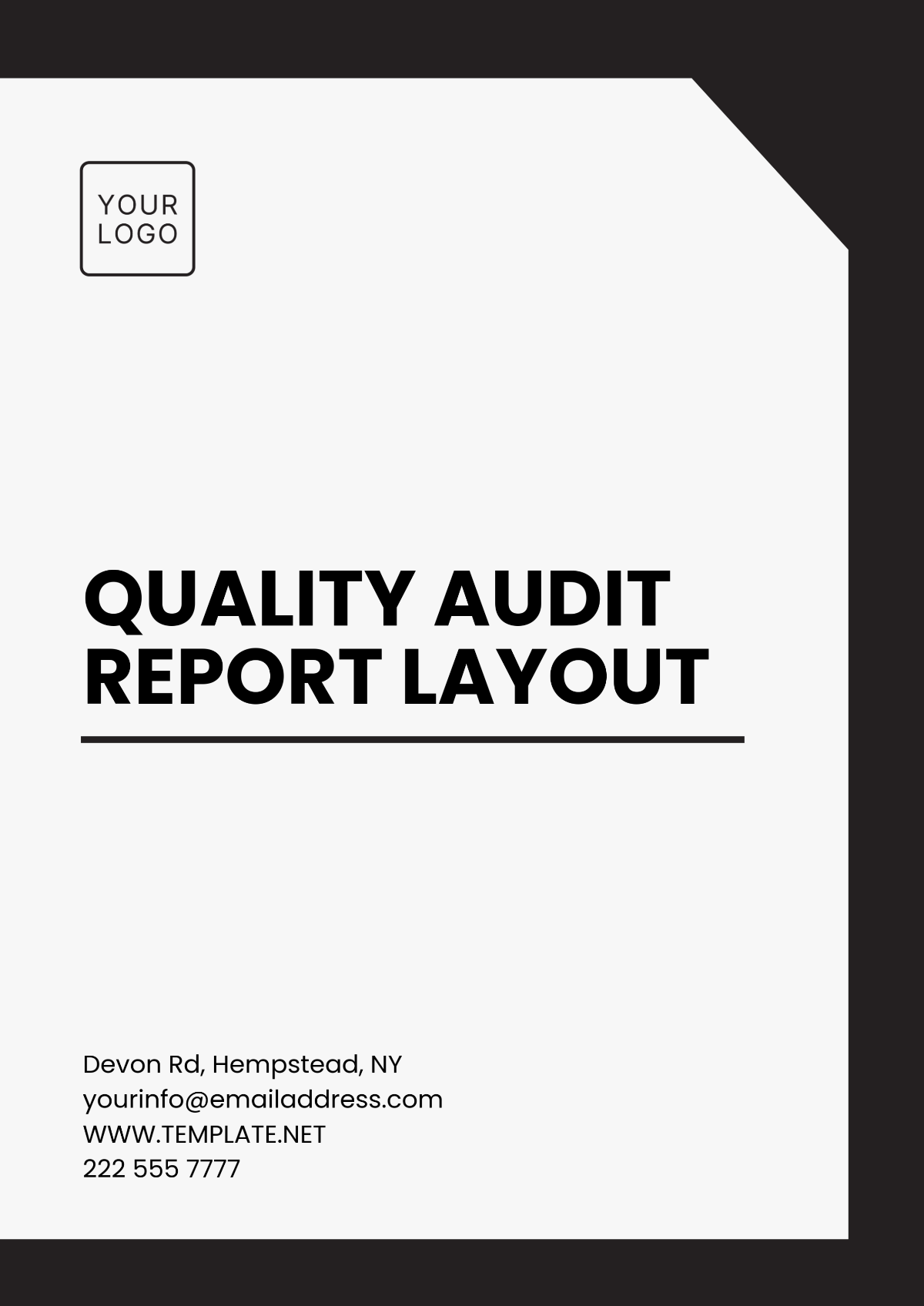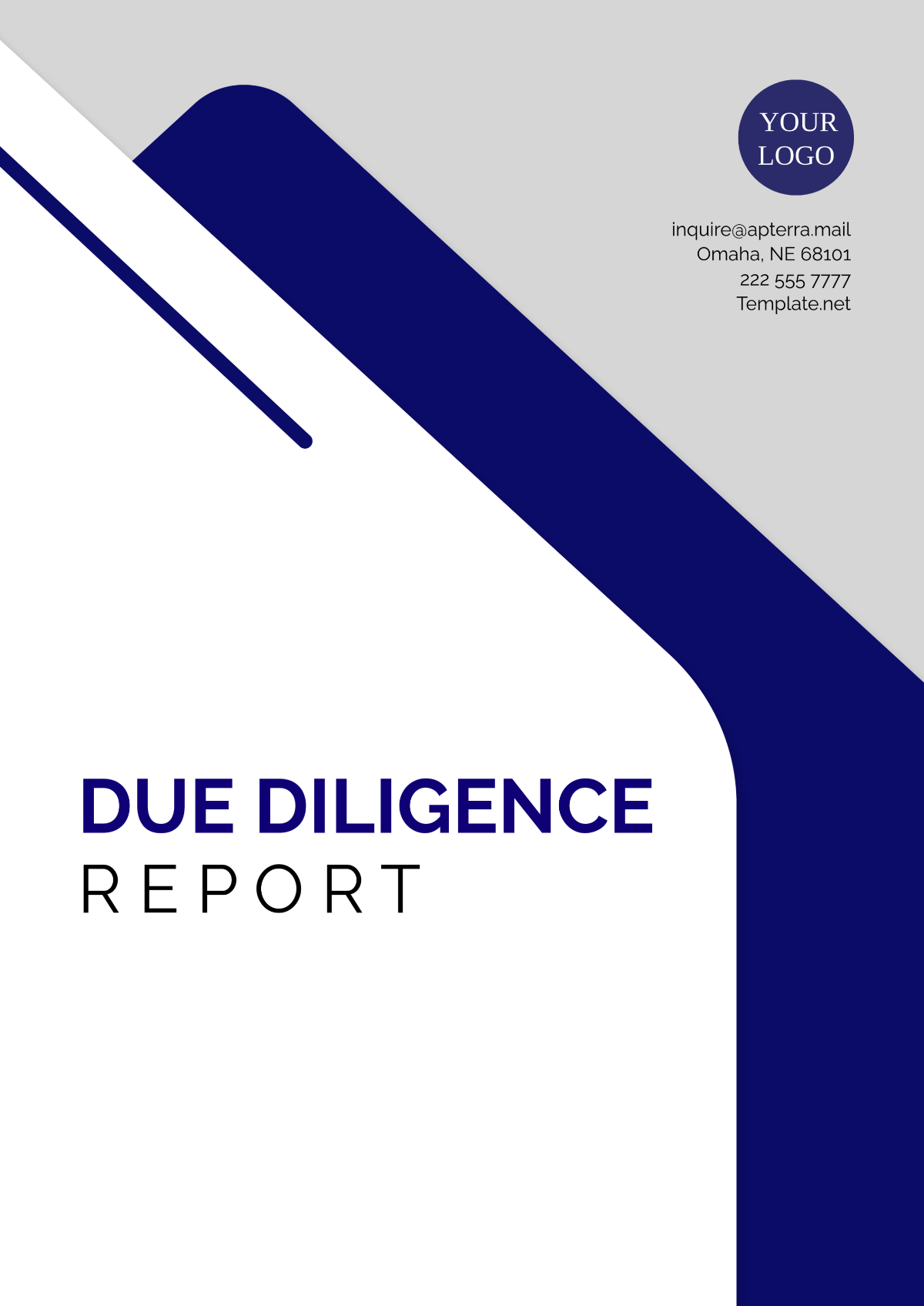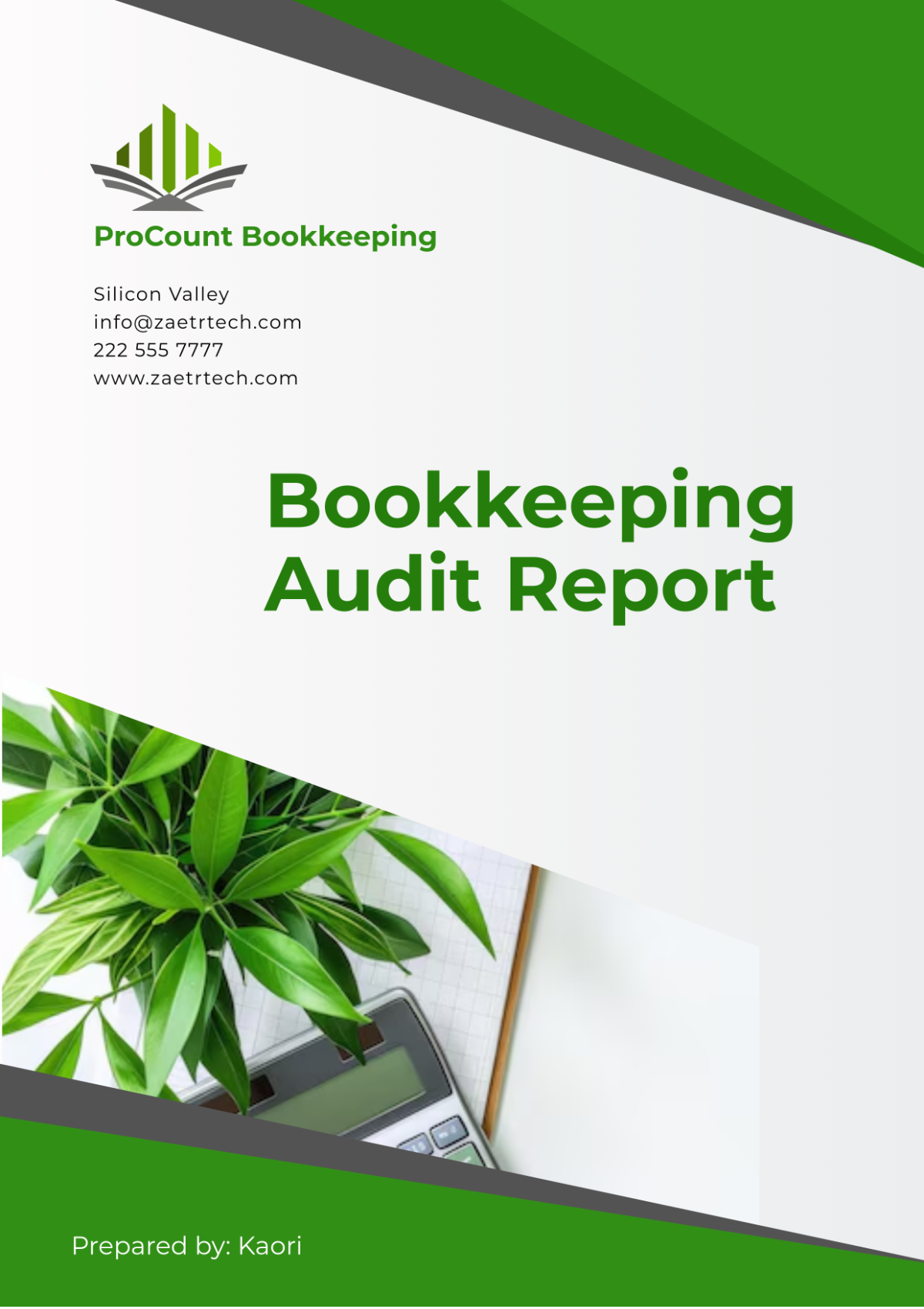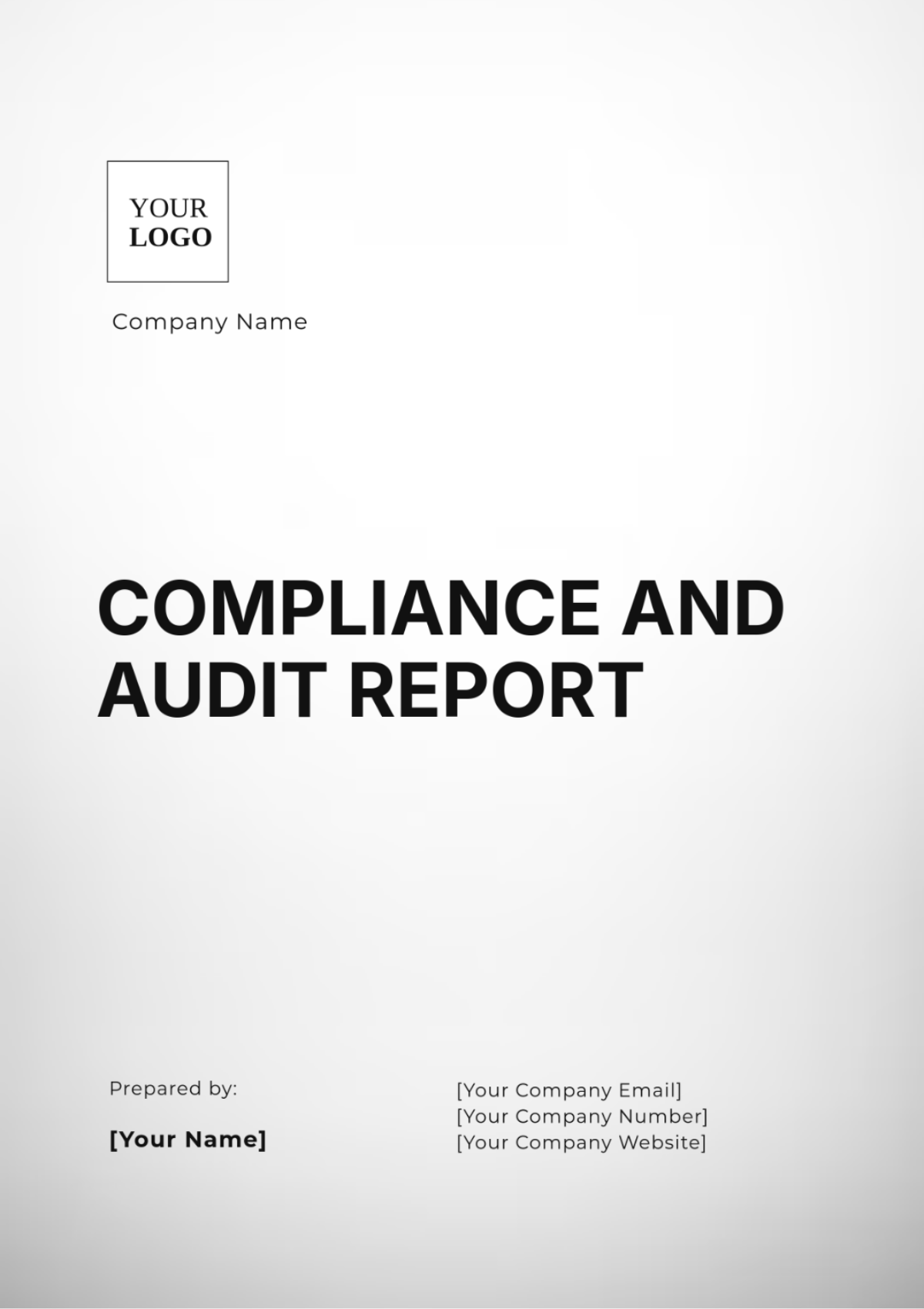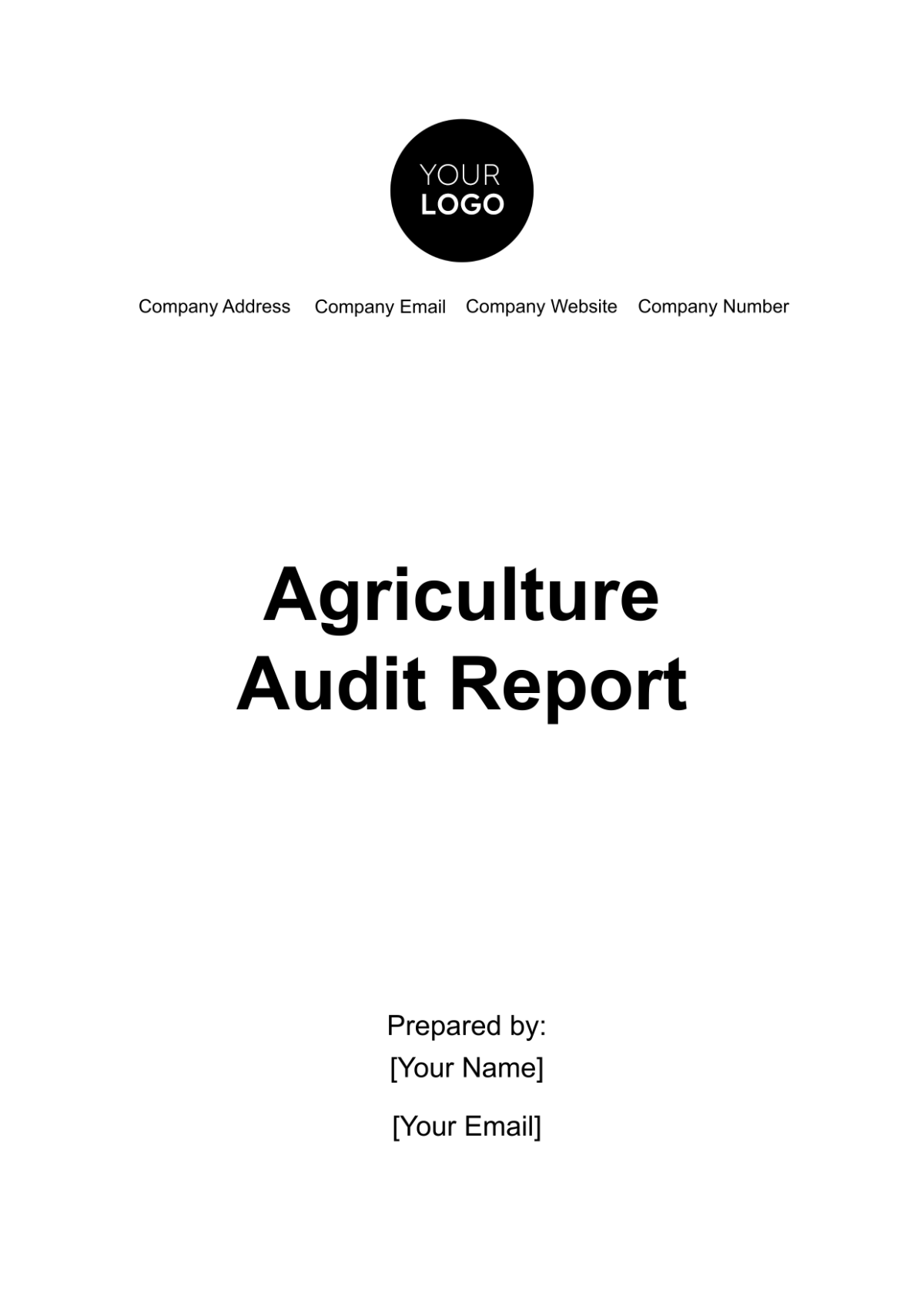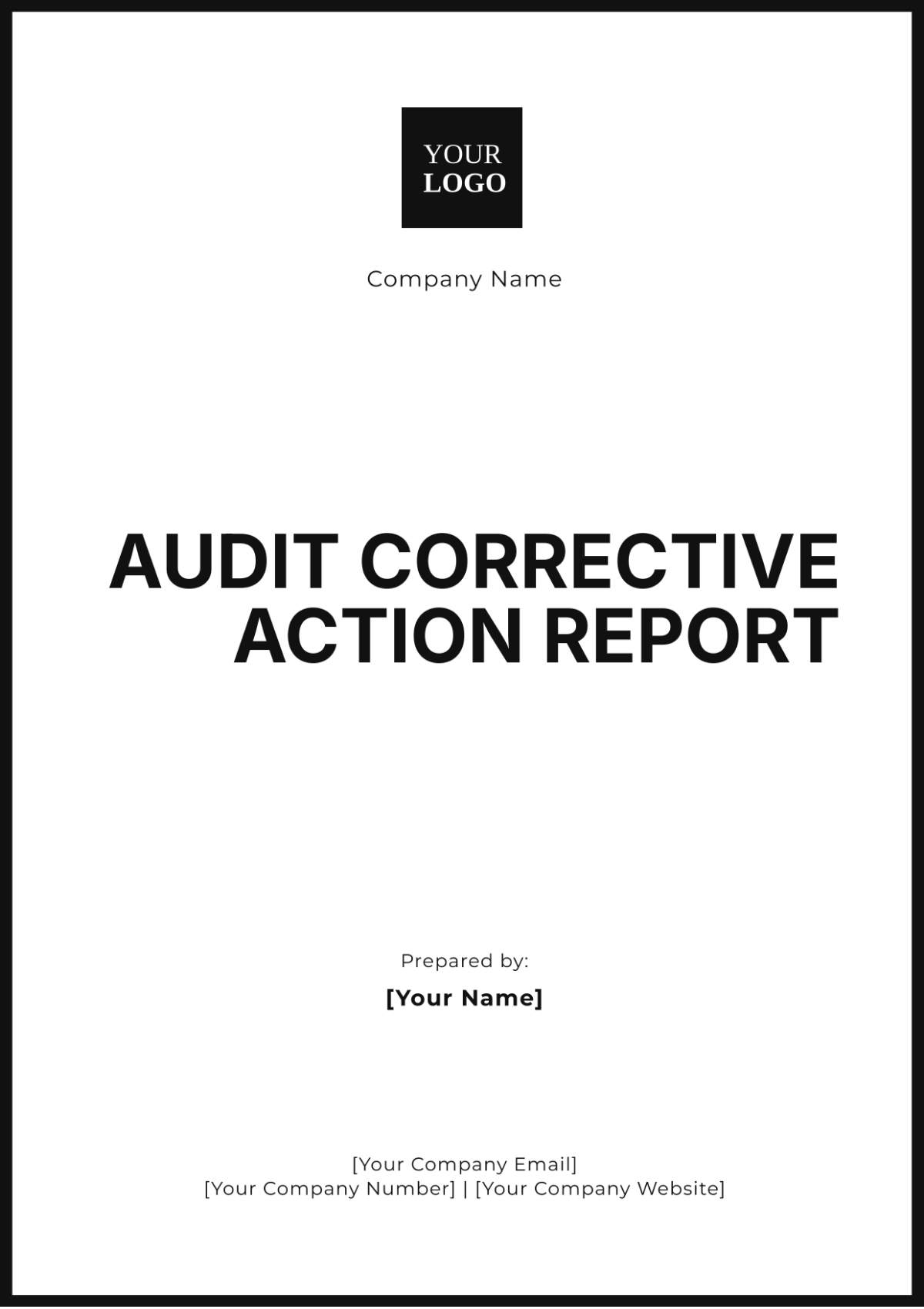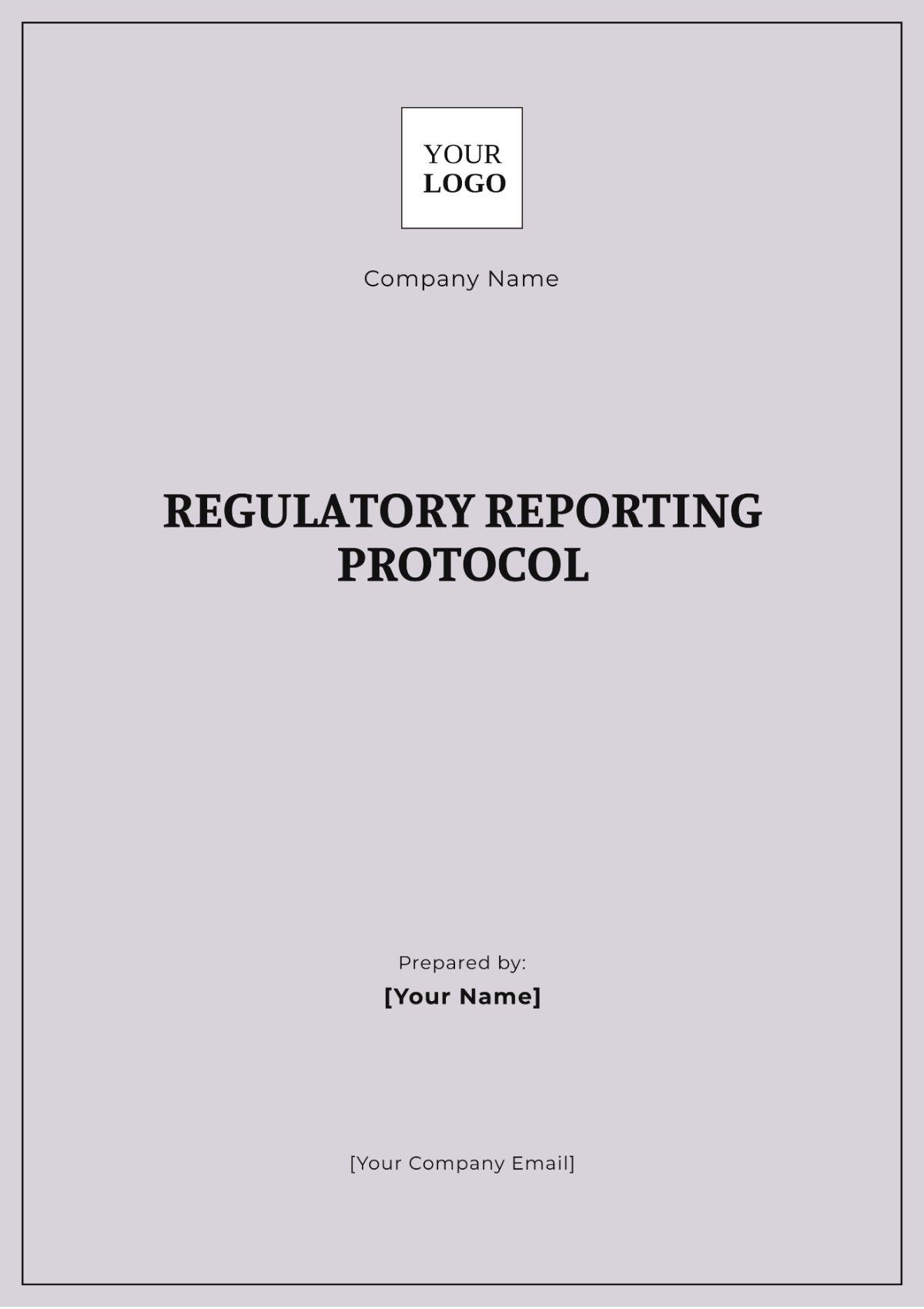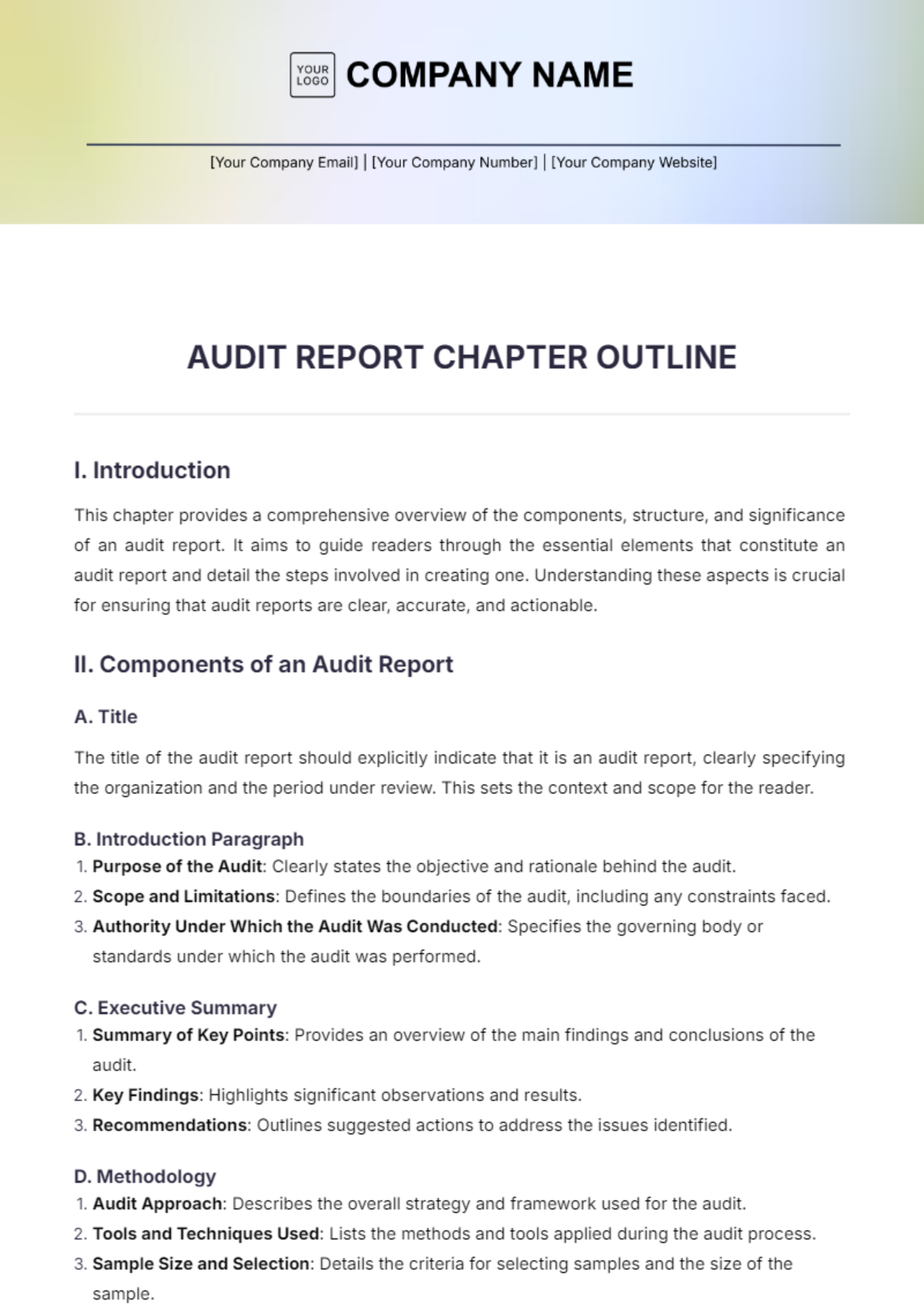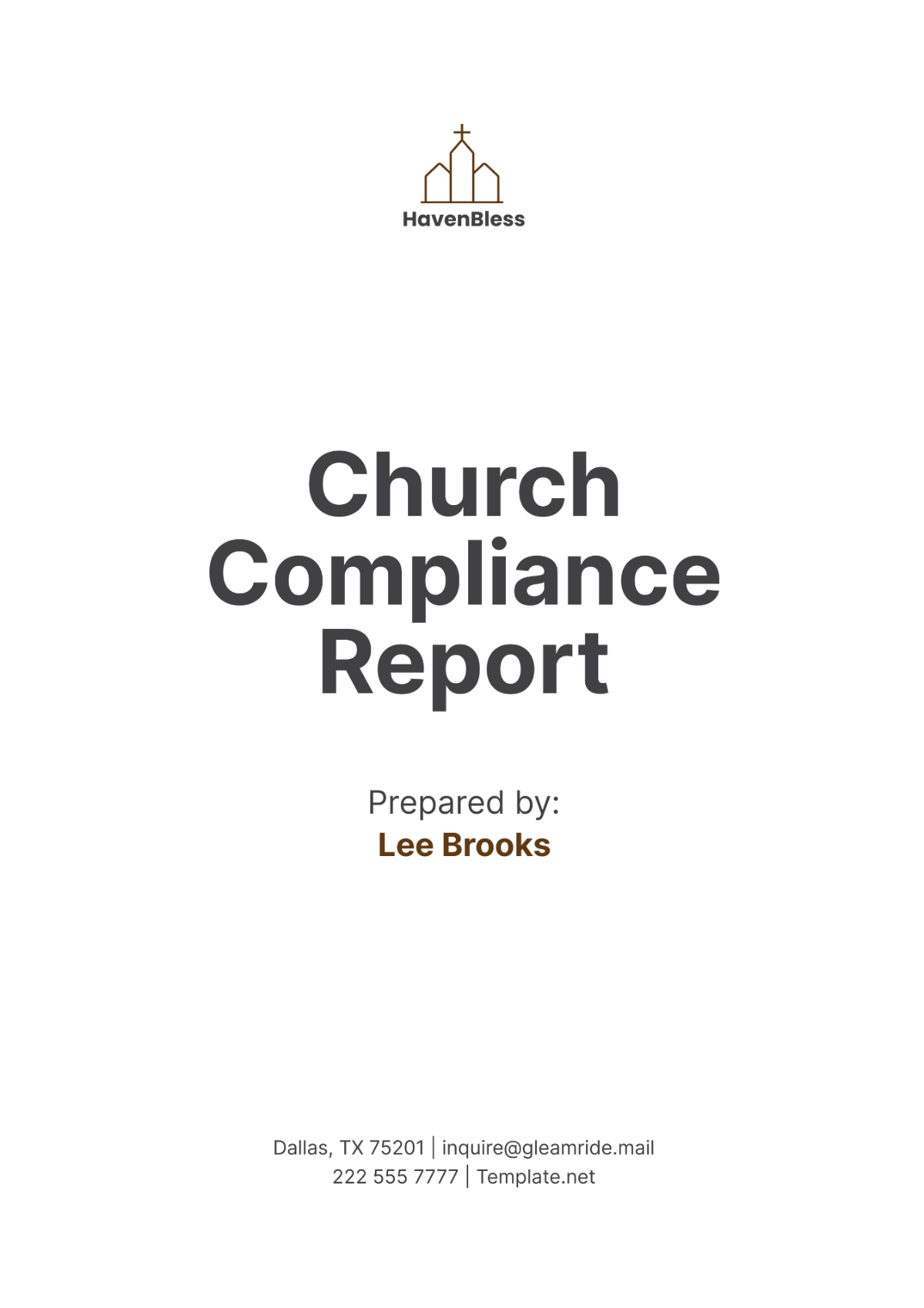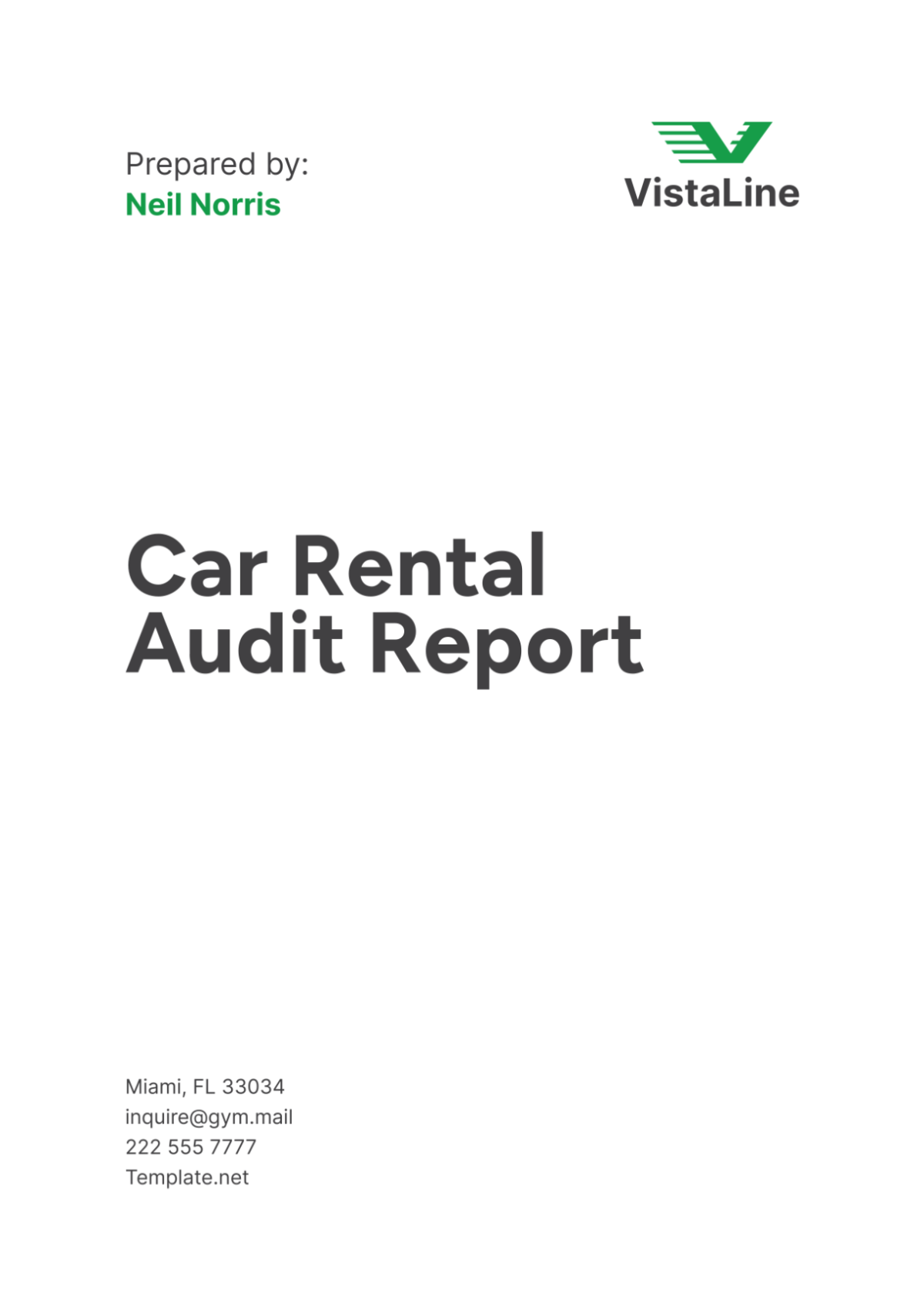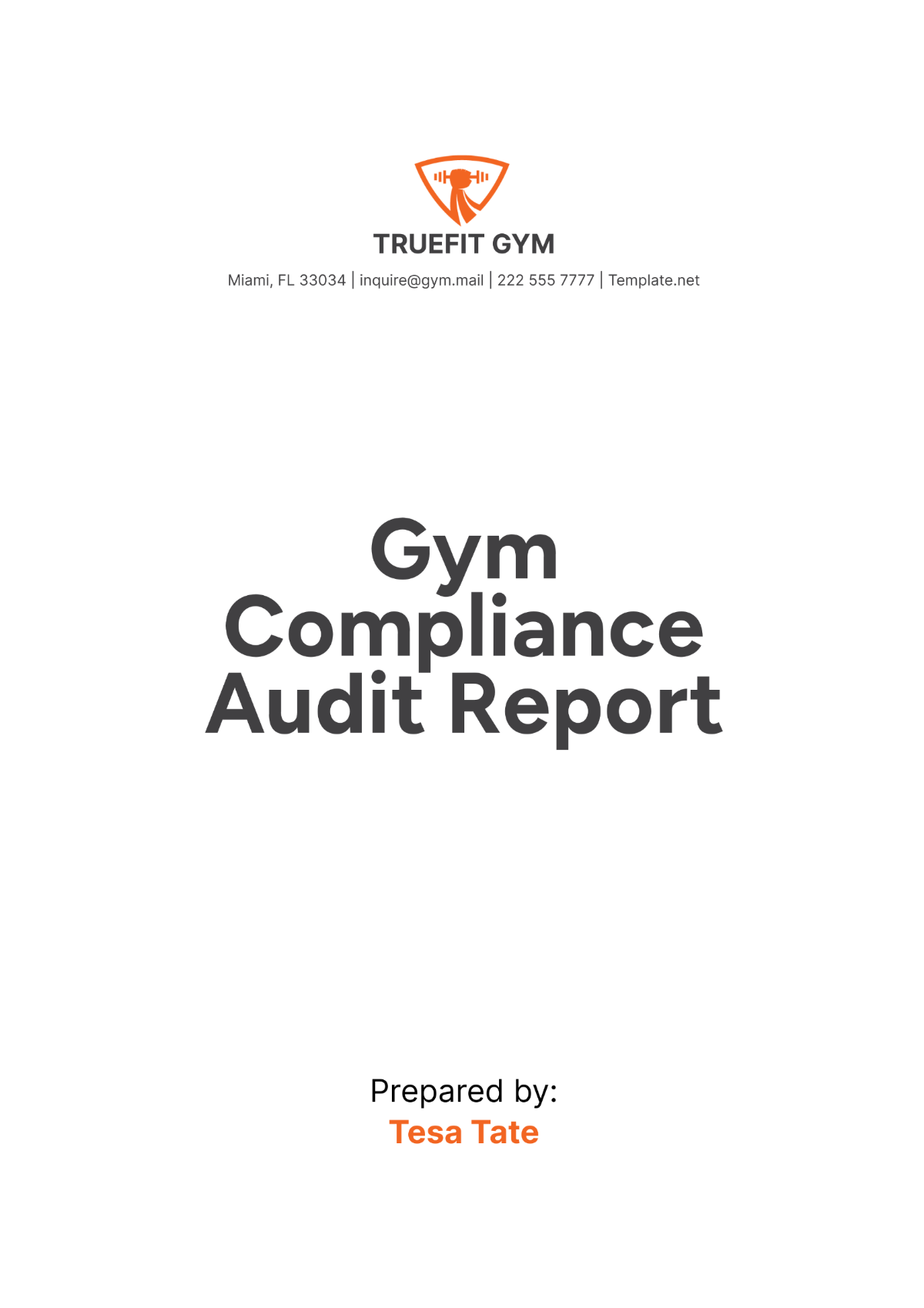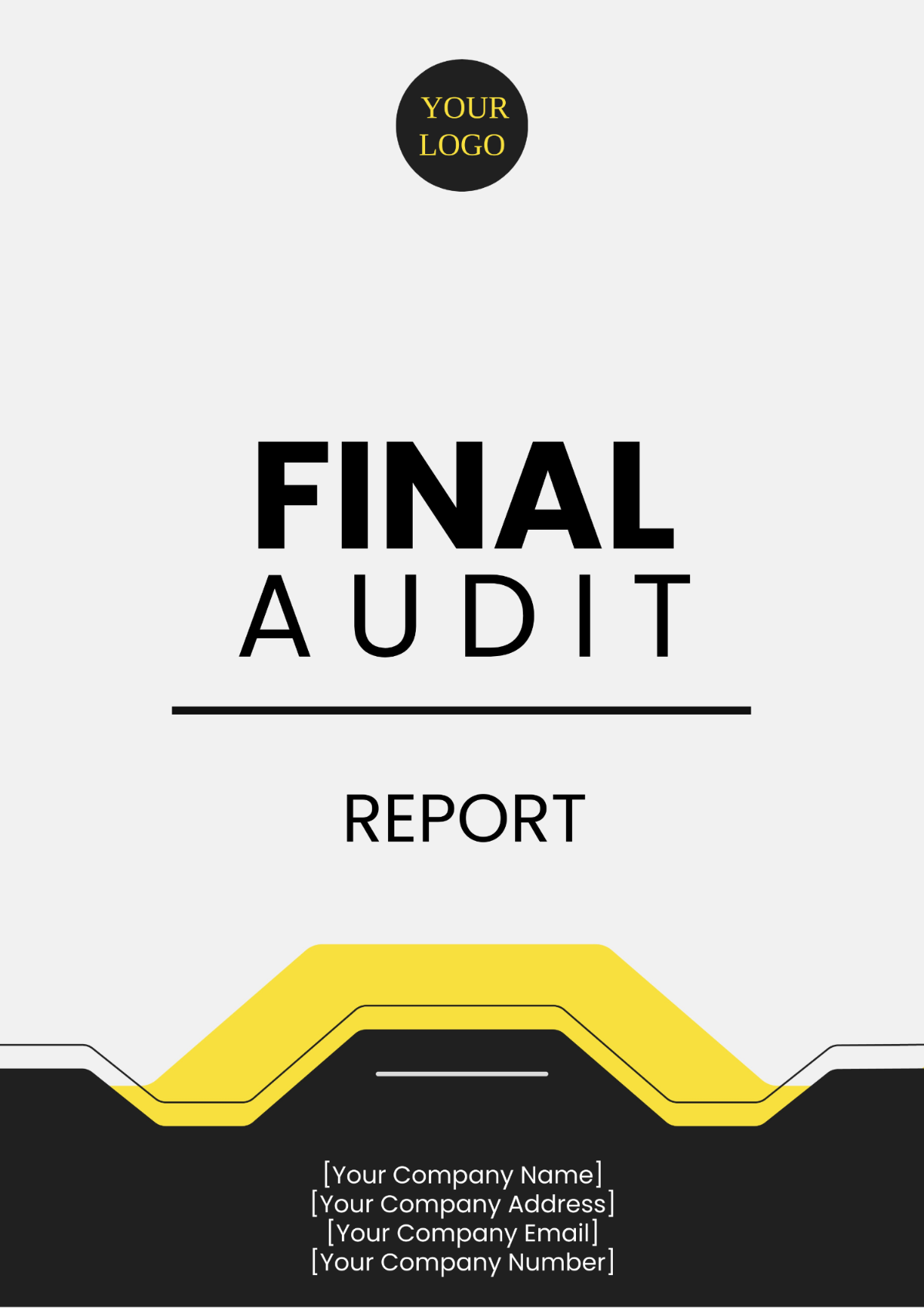Engineering Audit Report
Project Name: Advanced Renewable Energy Infrastructure Project
Audit Date: March 15, 2060
Audit Team:
[Your Name], Lead Auditor
James Nguyen, Structural Engineer
Sarah Patel, Environmental Consultant
Location: Green Valley Renewable Energy Facility, 123 Solar Lane, Green Valley, CA 90210
1. Executive Summary
This Engineering Audit Report evaluates the Advanced Renewable Energy Infrastructure Project at the Green Valley Renewable Energy Facility. The primary objective was to assess compliance with engineering standards, identify process efficiencies, and evaluate material usage. Key findings indicate a 15% deviation from industry standards in structural integrity, while operational processes exceed efficiency benchmarks by 10%. Immediate corrective actions are recommended to address compliance issues.
2. Introduction
Purpose of the Audit:
The audit aims to ensure that the engineering processes and outcomes align with regulatory requirements and industry best practices. By evaluating current practices, we intend to identify areas for improvement and enhance overall project sustainability.Scope of the Audit:
This audit covers the engineering processes, material quality, compliance with safety regulations, and environmental impact assessments associated with the Advanced Renewable Energy Infrastructure Project. Excluded from this audit are financial records and contractor performance evaluations.
3. Audit Methodology
The audit employed a mixed-method approach:
Document Review: Analysis of project documentation, including design blueprints, compliance reports, and safety manuals.
Interviews: Conducted structured interviews with key stakeholders, including project managers and field engineers.
Site Inspections: Physical inspections of the facility, focusing on structural integrity and equipment functionality.
4. Audit Findings
4.1 Compliance with Standards
Structural Integrity (ASCE 7-16):
The audit revealed a 15% deviation from the recommended load-bearing capacities. Specific areas of concern include the northern support beams, which require immediate reinforcement.Environmental Compliance (EPA Regulations):
All environmental assessments were found compliant, with the facility exceeding standards for waste management and emissions reduction.
4.2 Process Evaluation
Project Management Efficiency:
The project management framework utilized Agile methodologies, resulting in a 10% increase in project delivery speed. Regular scrum meetings have contributed to improved communication among team members.Quality Control Procedures:
Quality checks are performed at each project phase, but inconsistencies in documentation were noted. Standardizing the quality assurance process is recommended.
4.3 Equipment and Material Review
Renewable Energy Equipment:
Solar panels and wind turbines installed are compliant with IEEE standards. However, a review of maintenance logs indicates that routine checks have not been conducted quarterly as required.Material Sourcing:
Materials sourced from certified vendors met all quality standards, though a higher percentage of recycled materials could enhance sustainability efforts.
5. Risk Assessment
The audit identified several risks:
Structural Weakness: Non-compliance with structural integrity poses a significant risk to the project's safety and longevity.
Operational Delays: Inconsistent maintenance schedules may lead to equipment failures, potentially causing project delays.
Potential Impacts: Structural weaknesses could result in costly repairs, while operational delays may affect project timelines and budget.
6. Recommendations
Immediate Actions:
Reinforce the northern support beams and establish a strict compliance schedule for structural checks.Process Improvements:
Implement standardized documentation practices for quality control to ensure consistency and accountability.Maintenance Protocol:
Develop a comprehensive maintenance schedule for all renewable energy equipment, ensuring adherence to quarterly inspections.Sustainability Initiatives:
Increase the use of recycled materials in future projects to enhance environmental performance.
7. Conclusion
The audit of the Advanced Renewable Energy Infrastructure Project revealed both strengths and weaknesses in the engineering processes. While the project demonstrates a strong commitment to environmental standards, immediate corrective actions are necessary to address compliance and operational inefficiencies. Implementing the recommendations provided will enhance project sustainability and operational effectiveness.
8. Appendices
Appendix A: Project Documentation Review Summary
Appendix B: Interview Transcripts with Key Stakeholders
Appendix C: Site Inspection Checklist and Findings
Prepared by: [Your Name]
Position: Lead Auditor
Date: March 22, 2060

